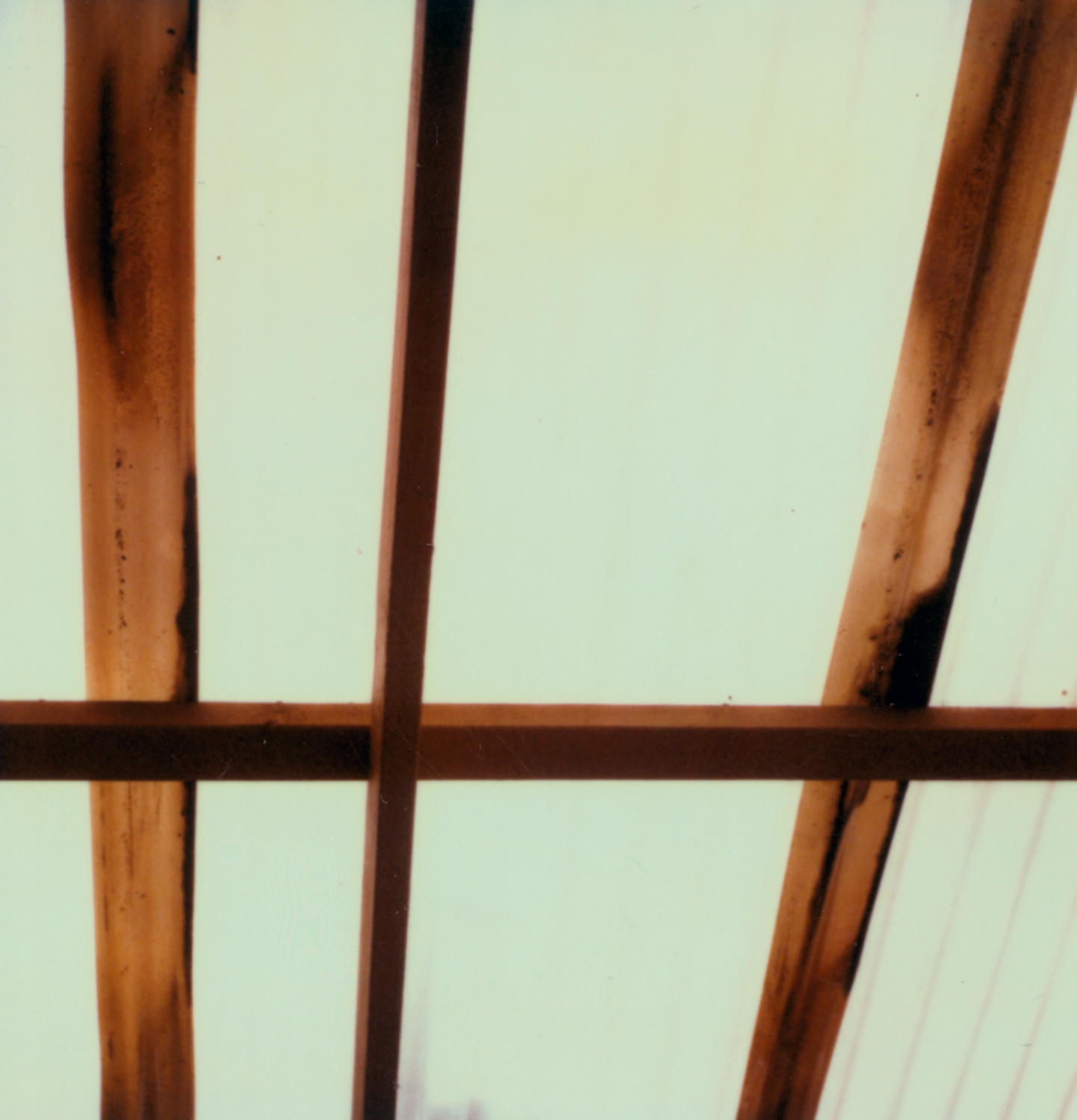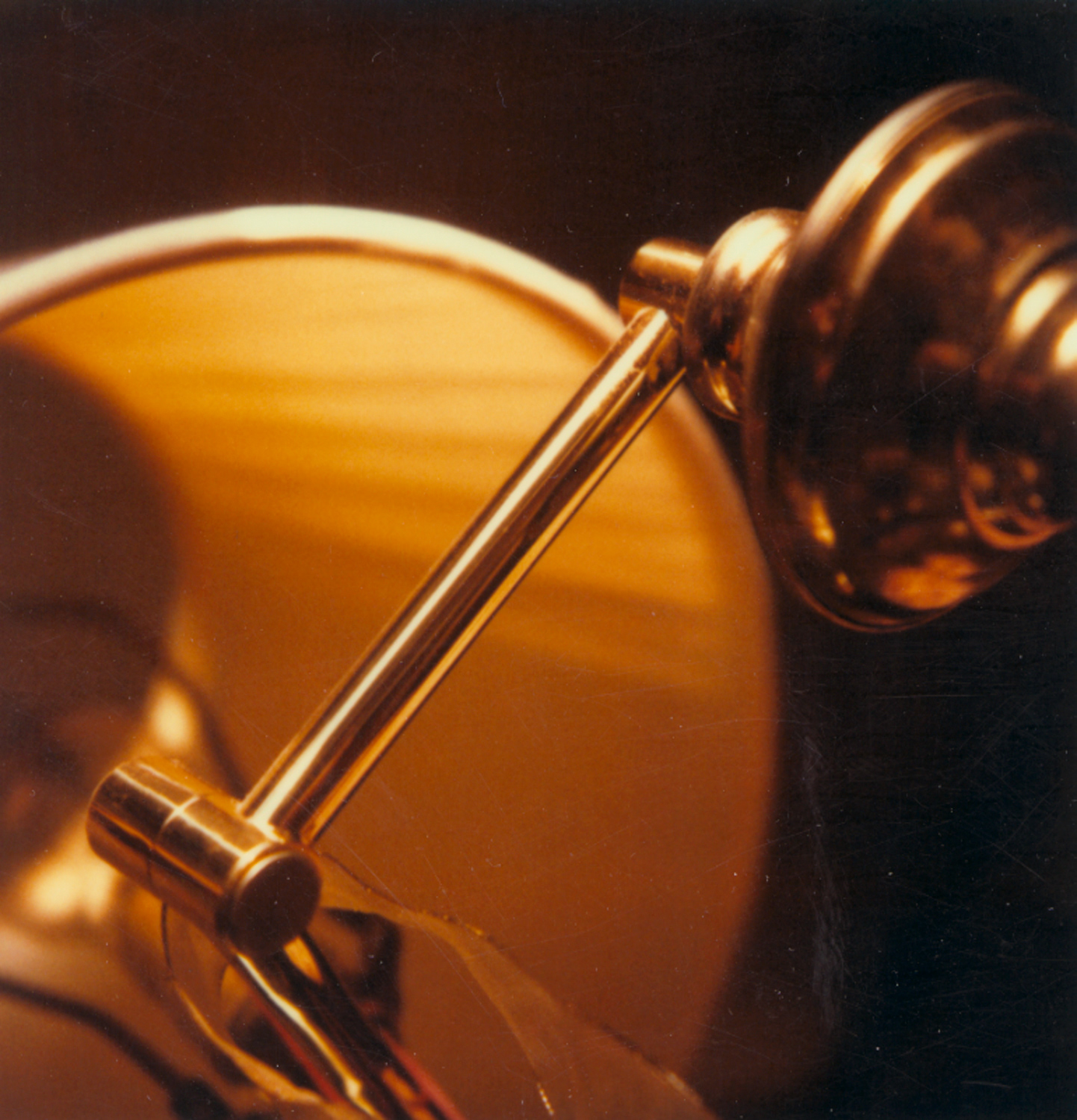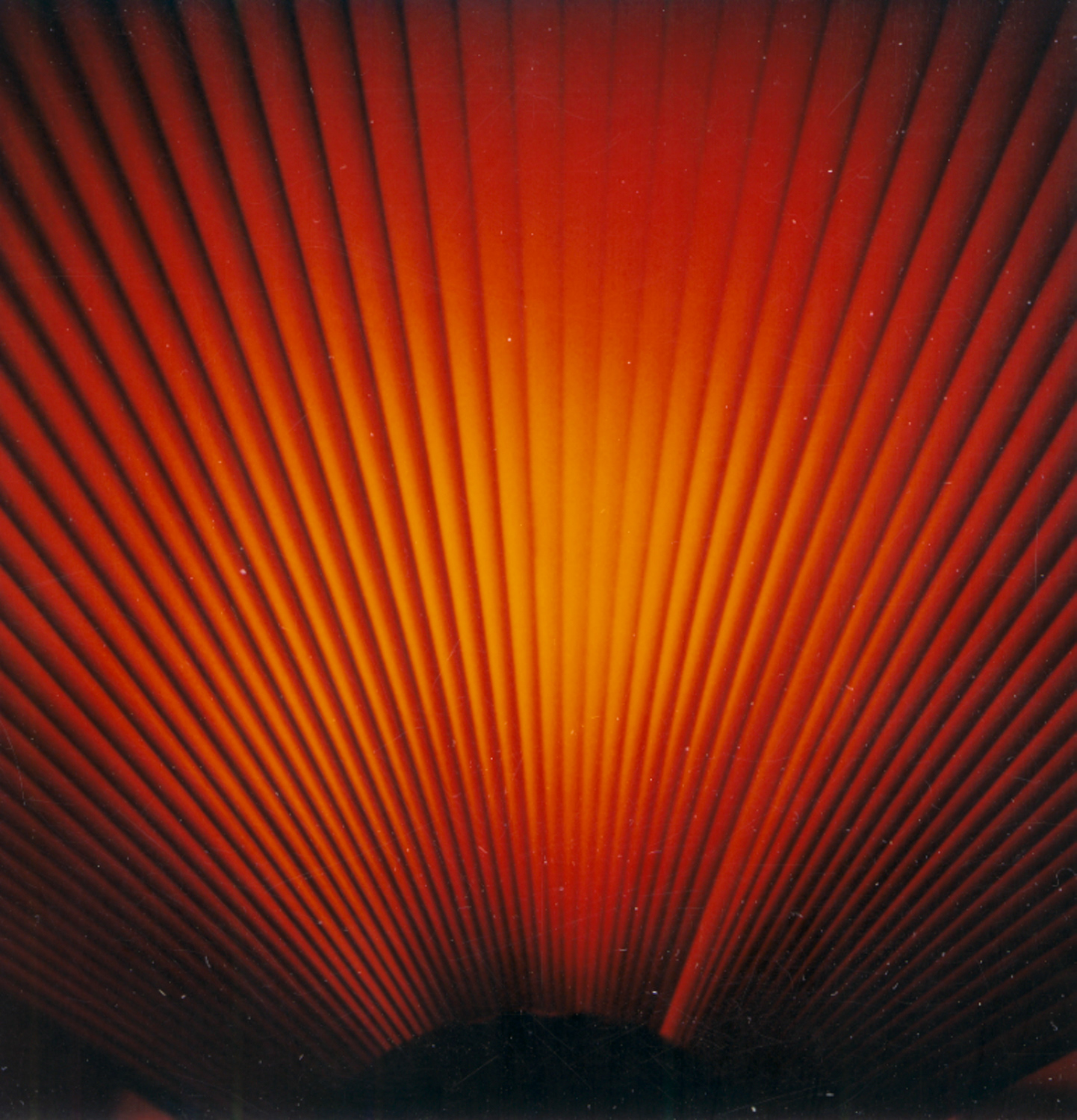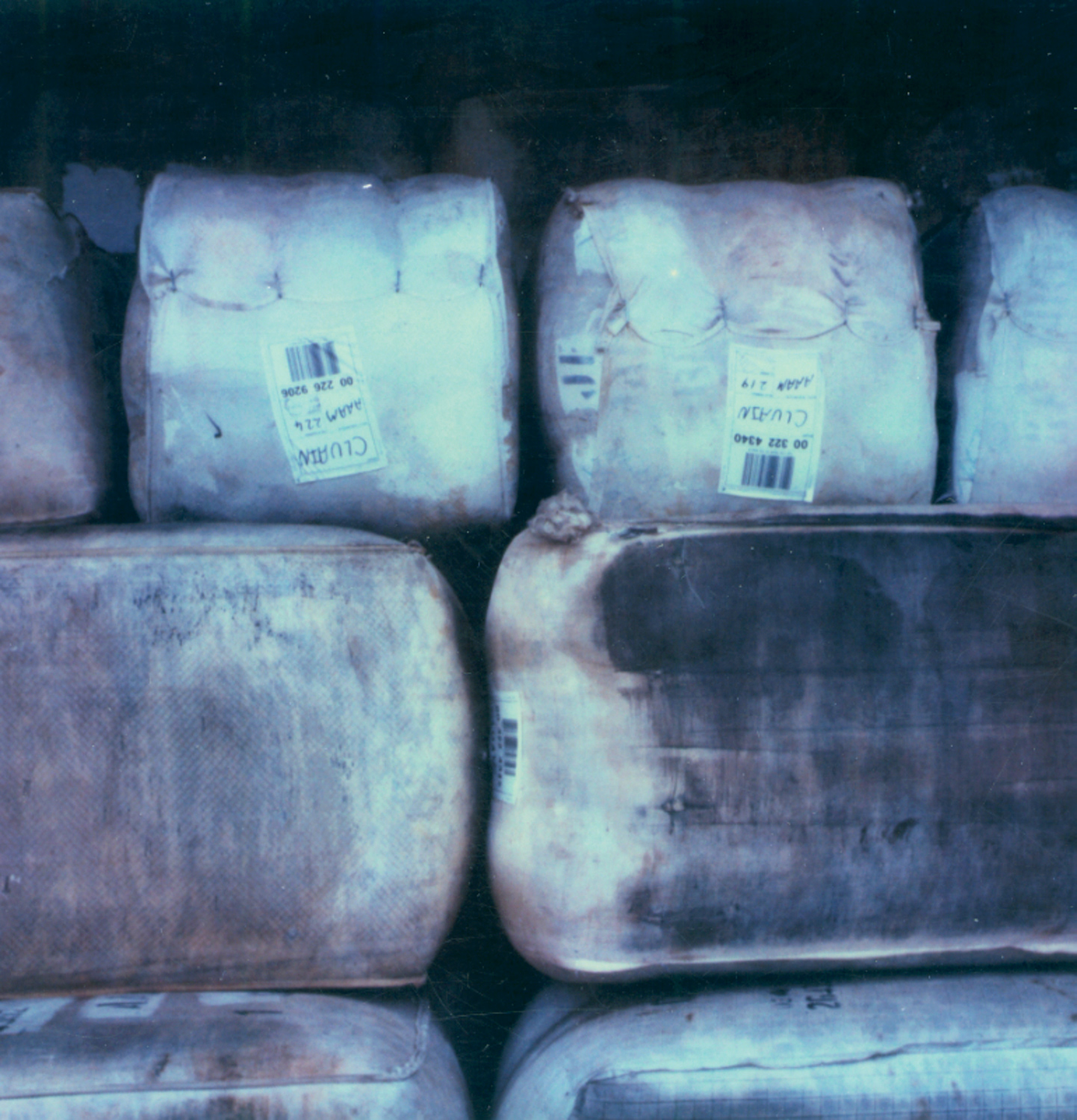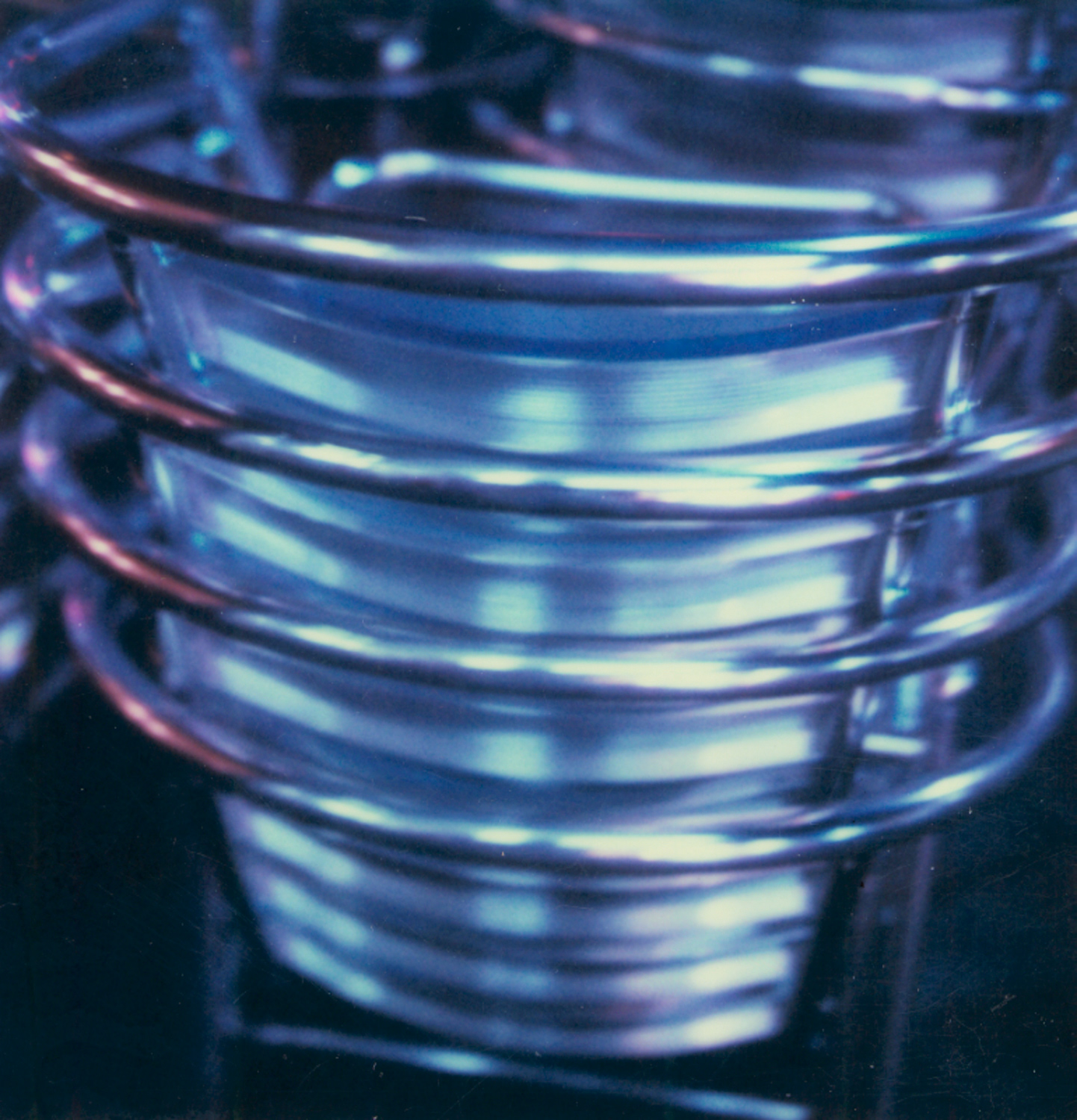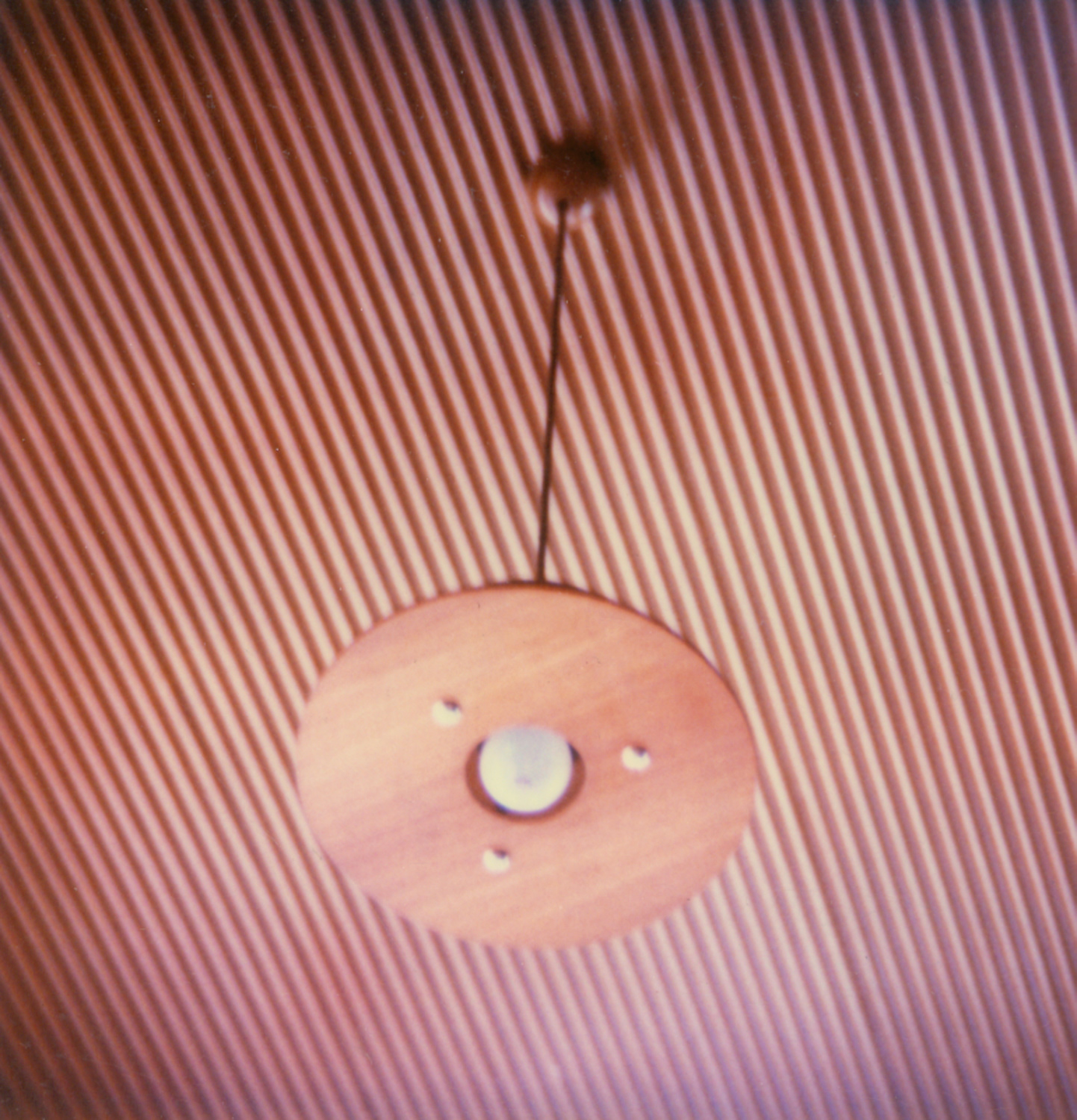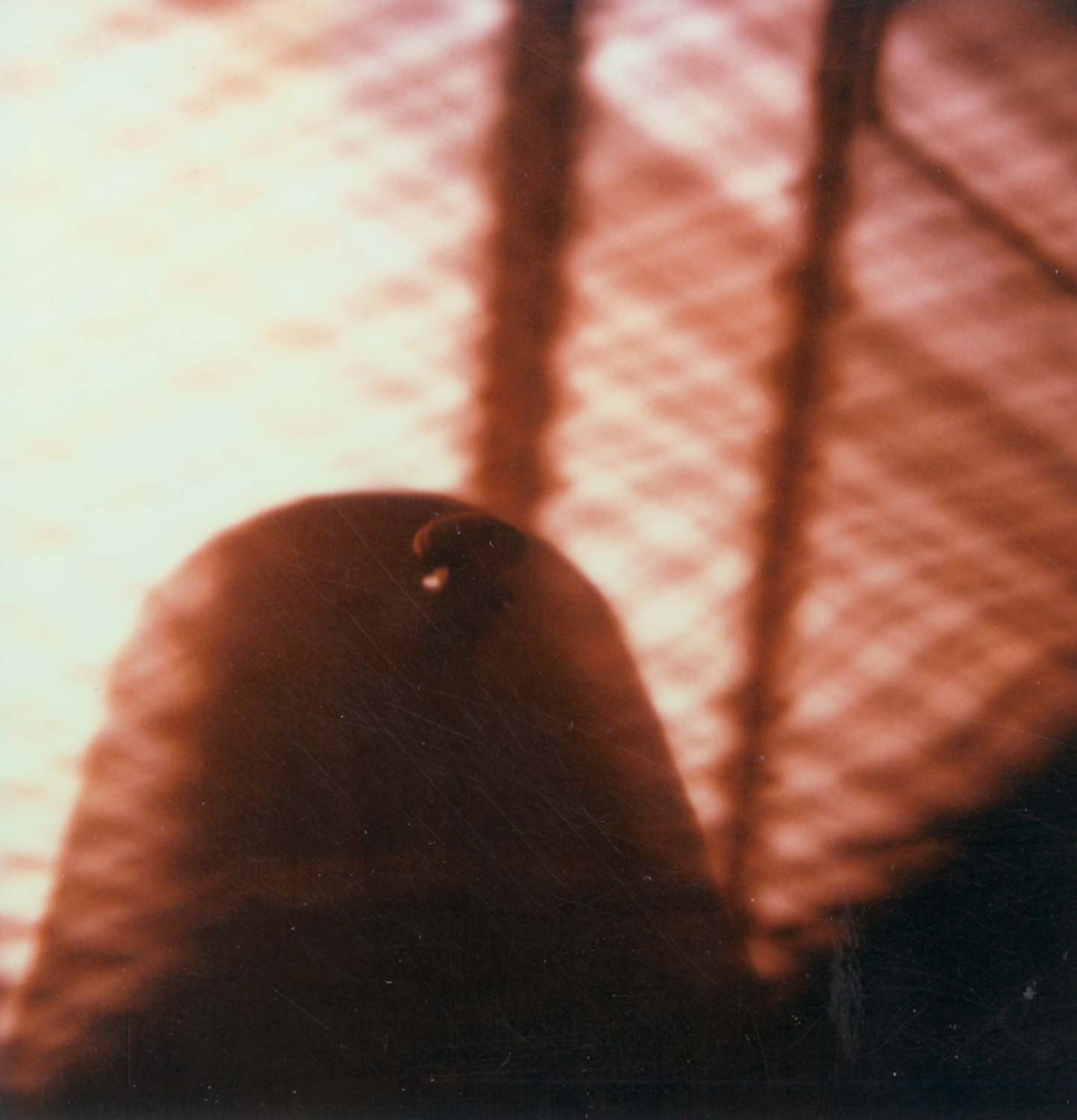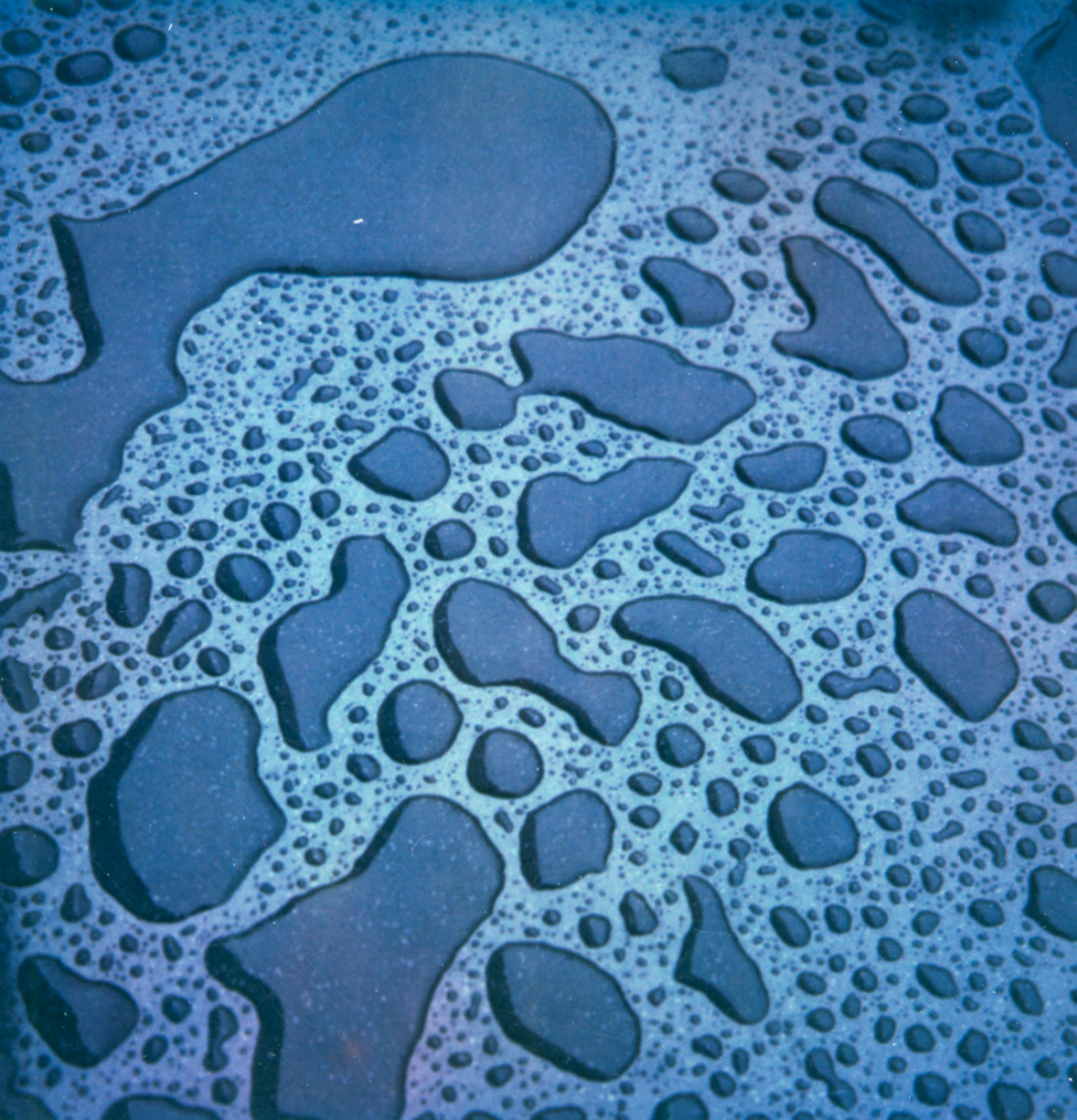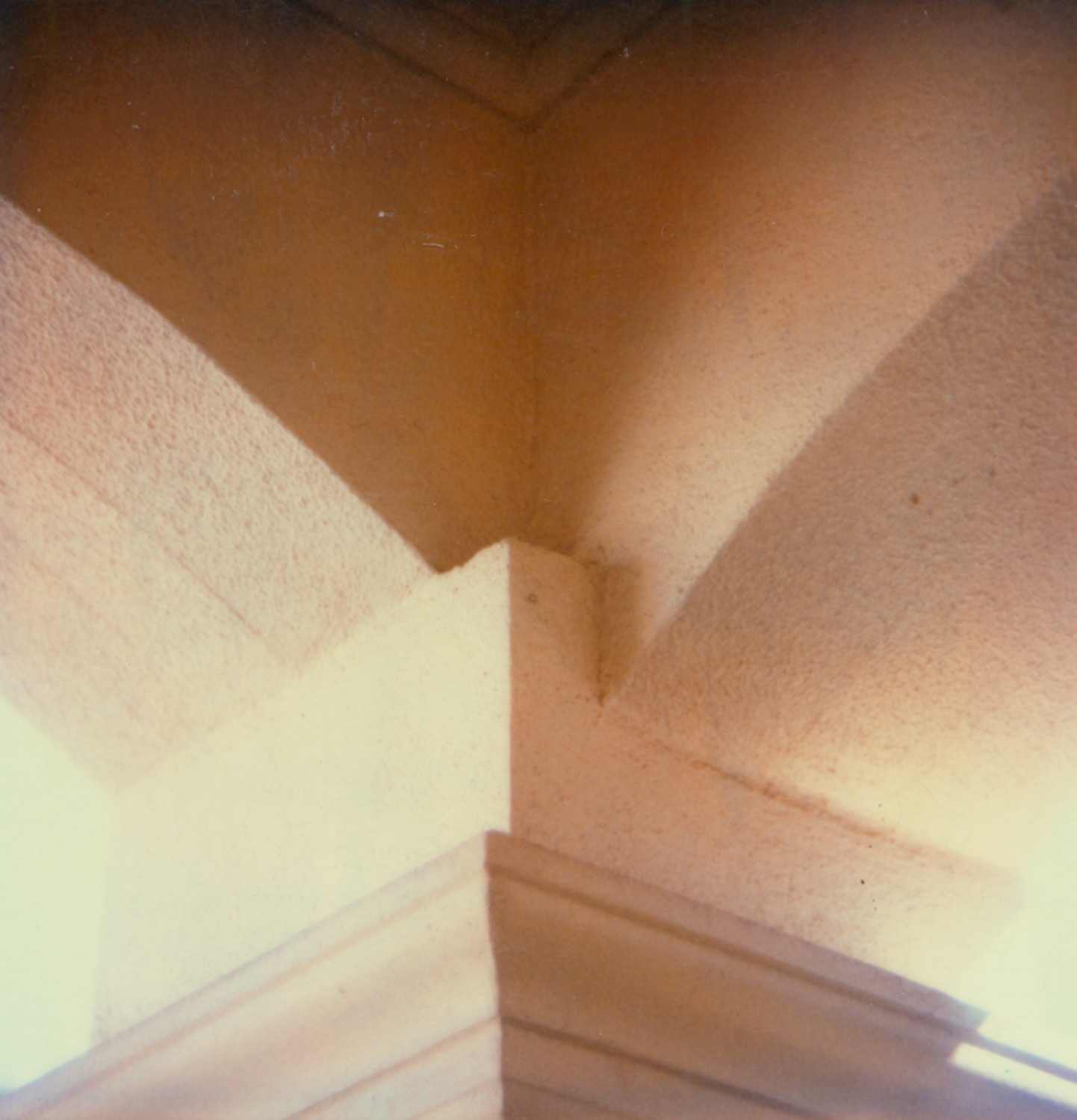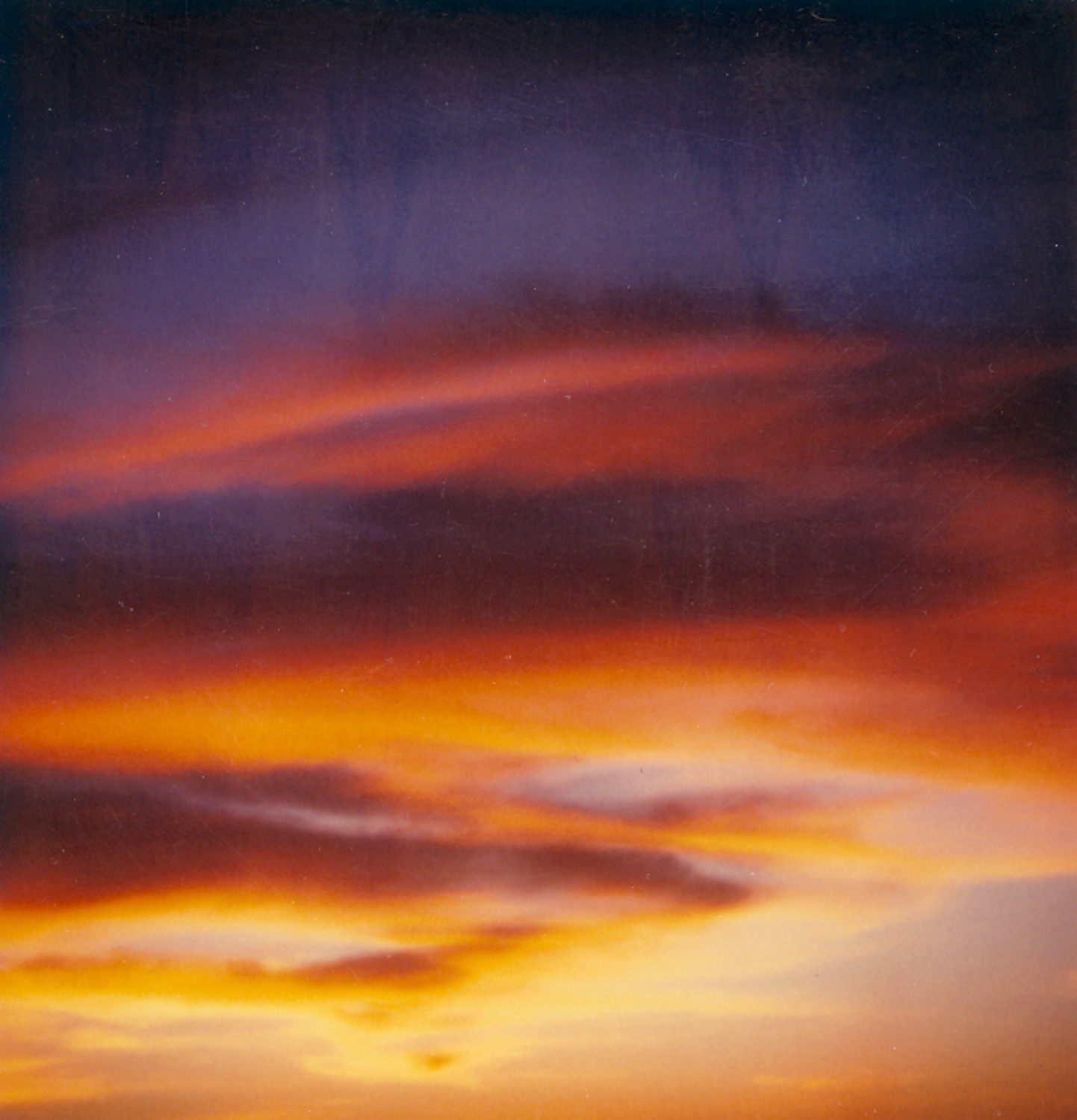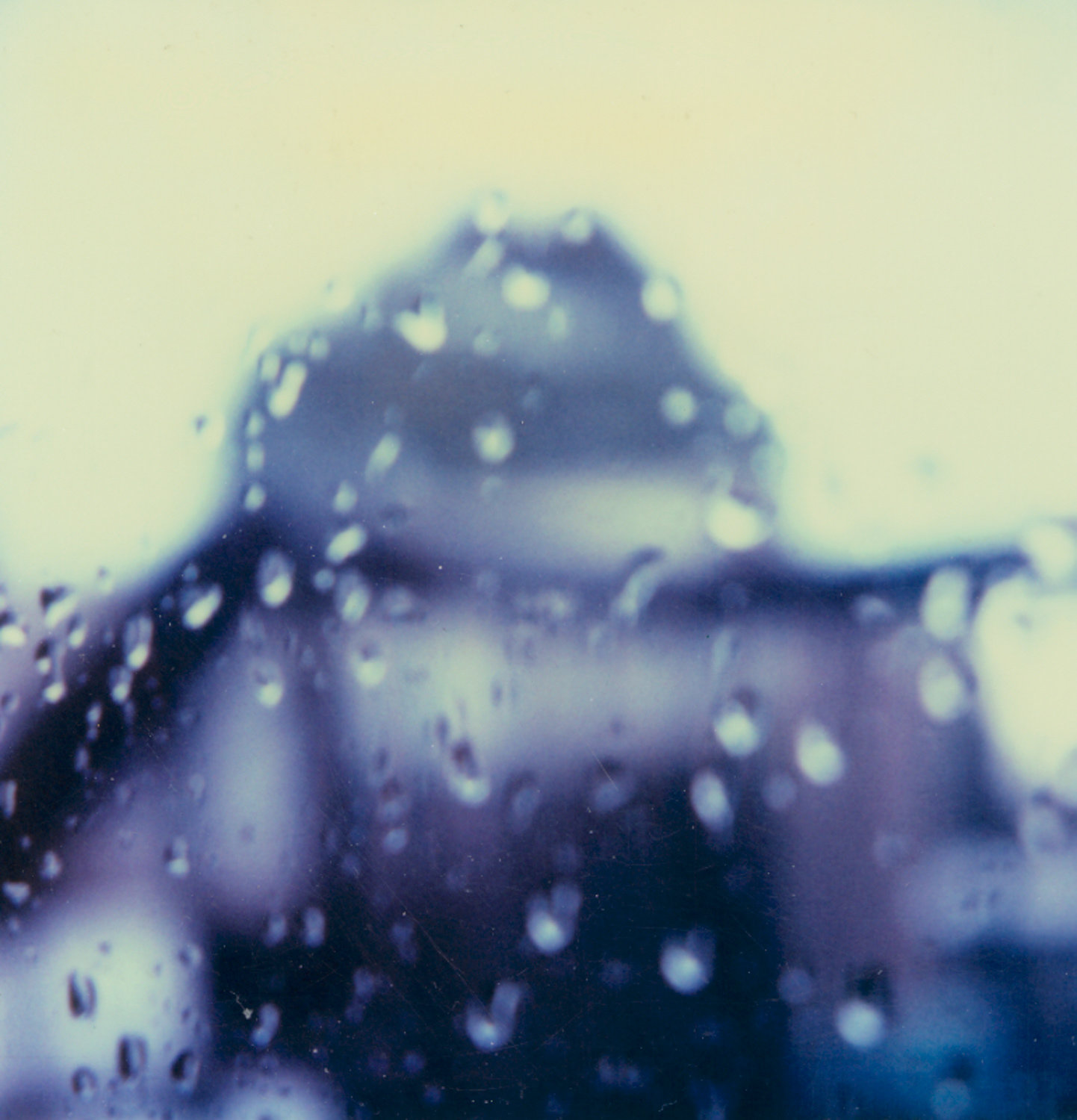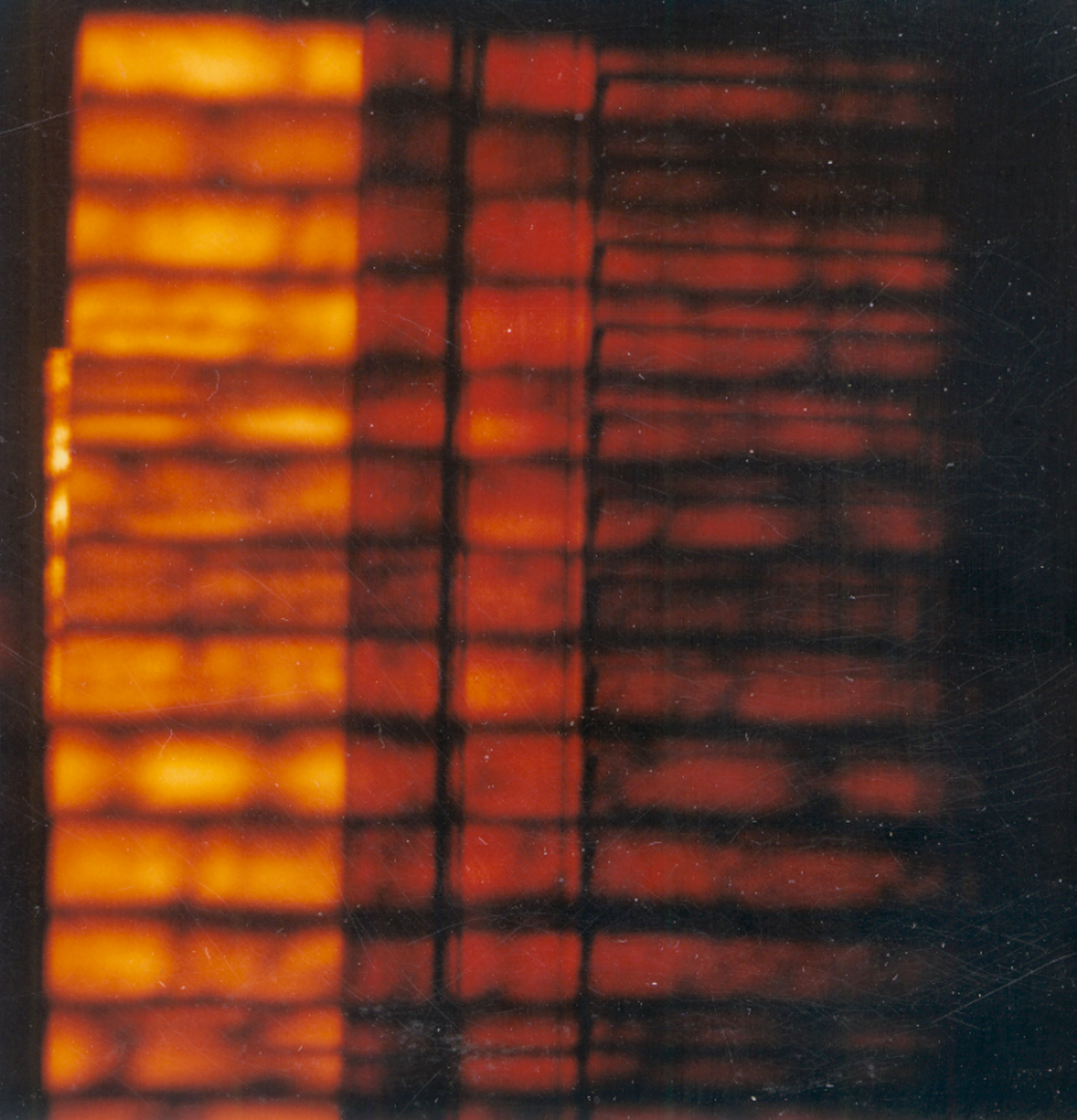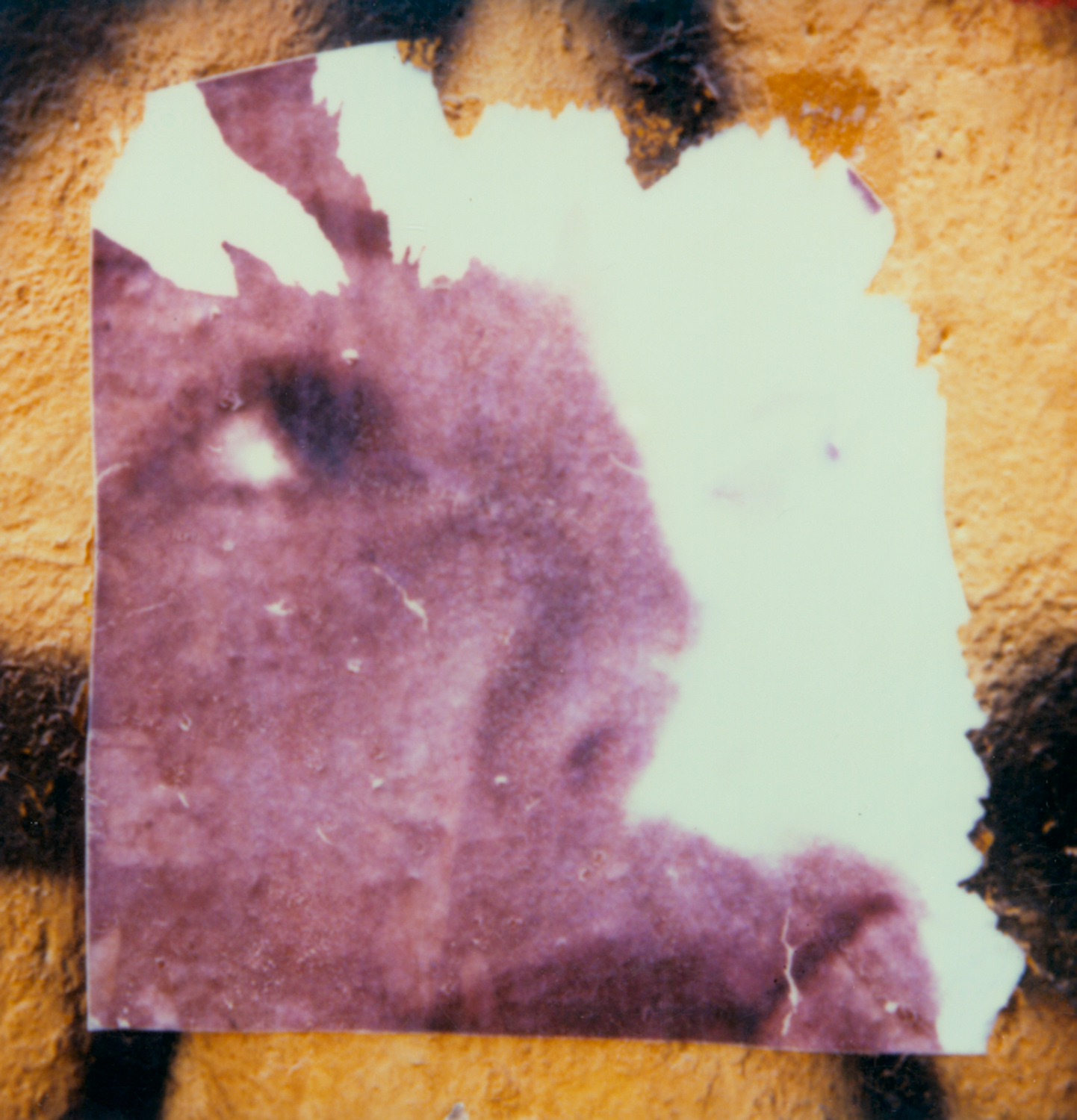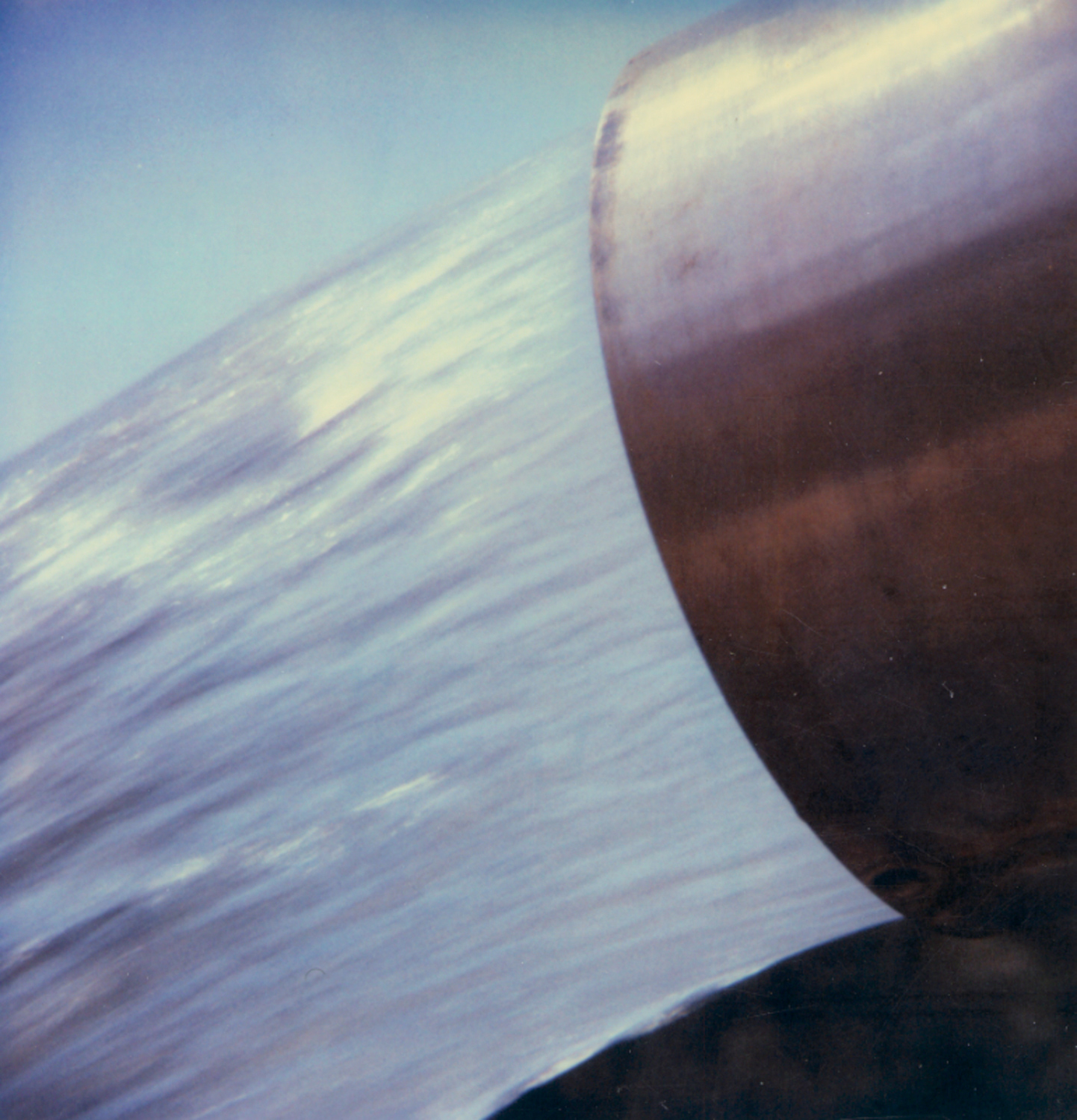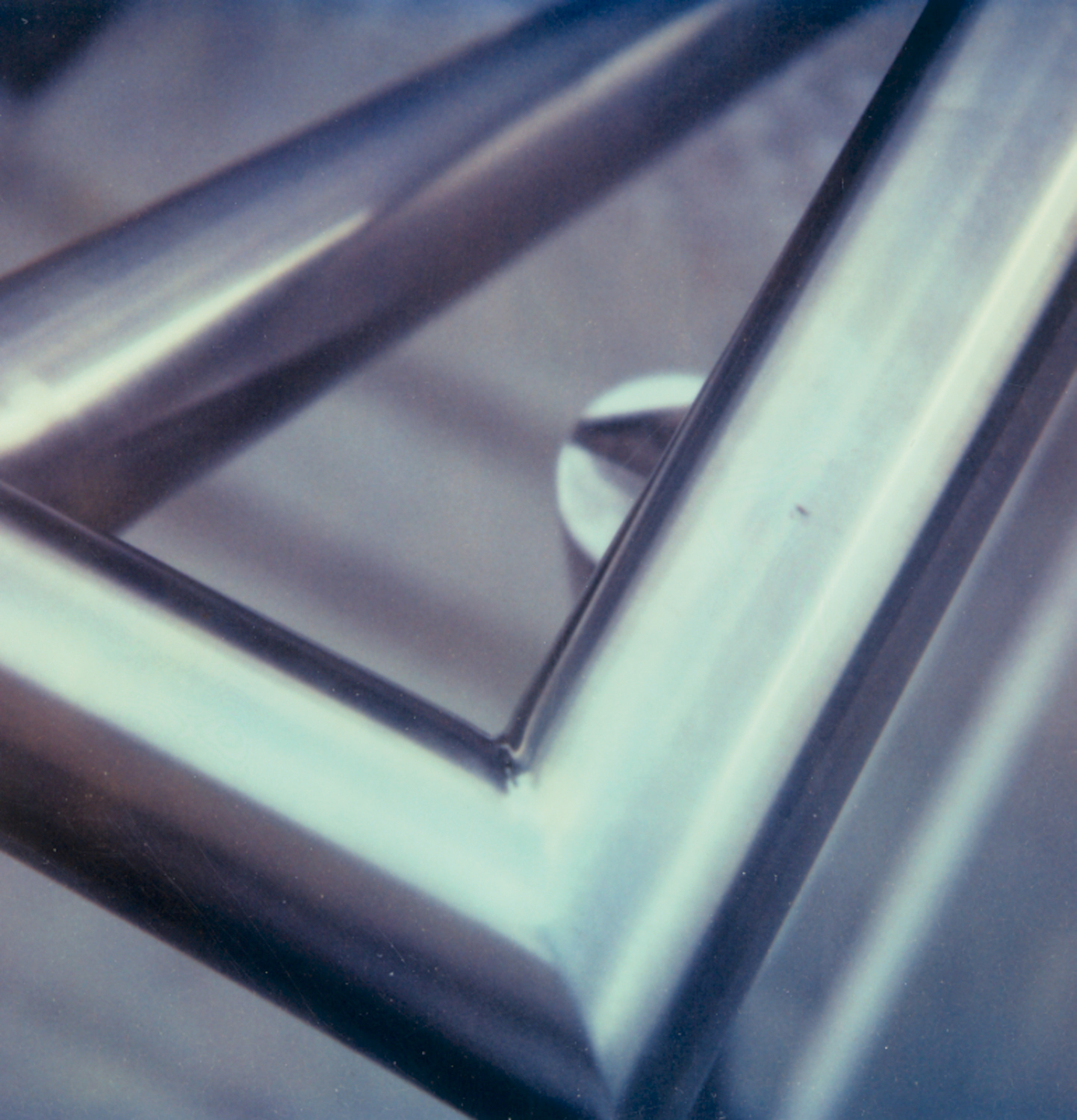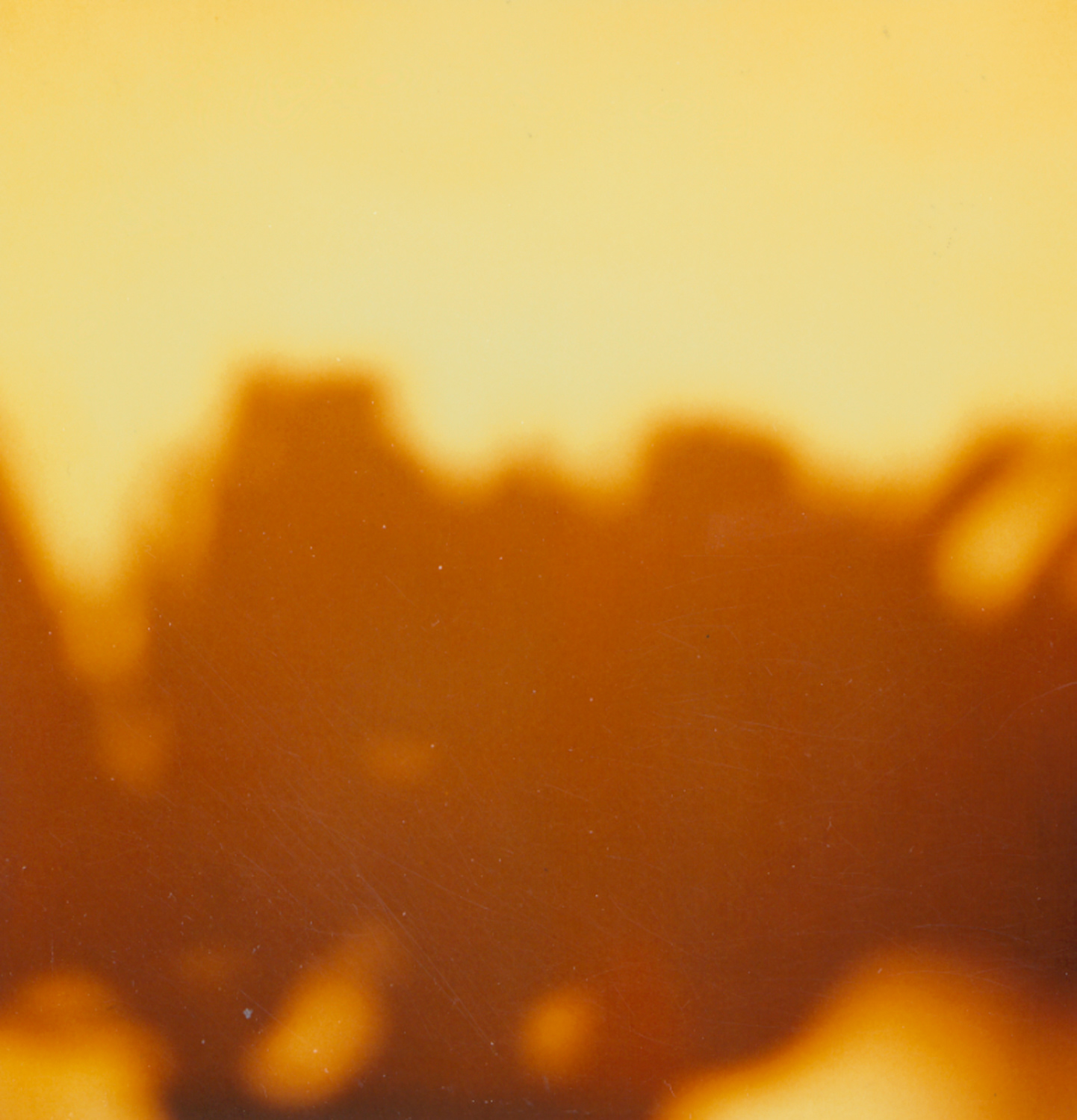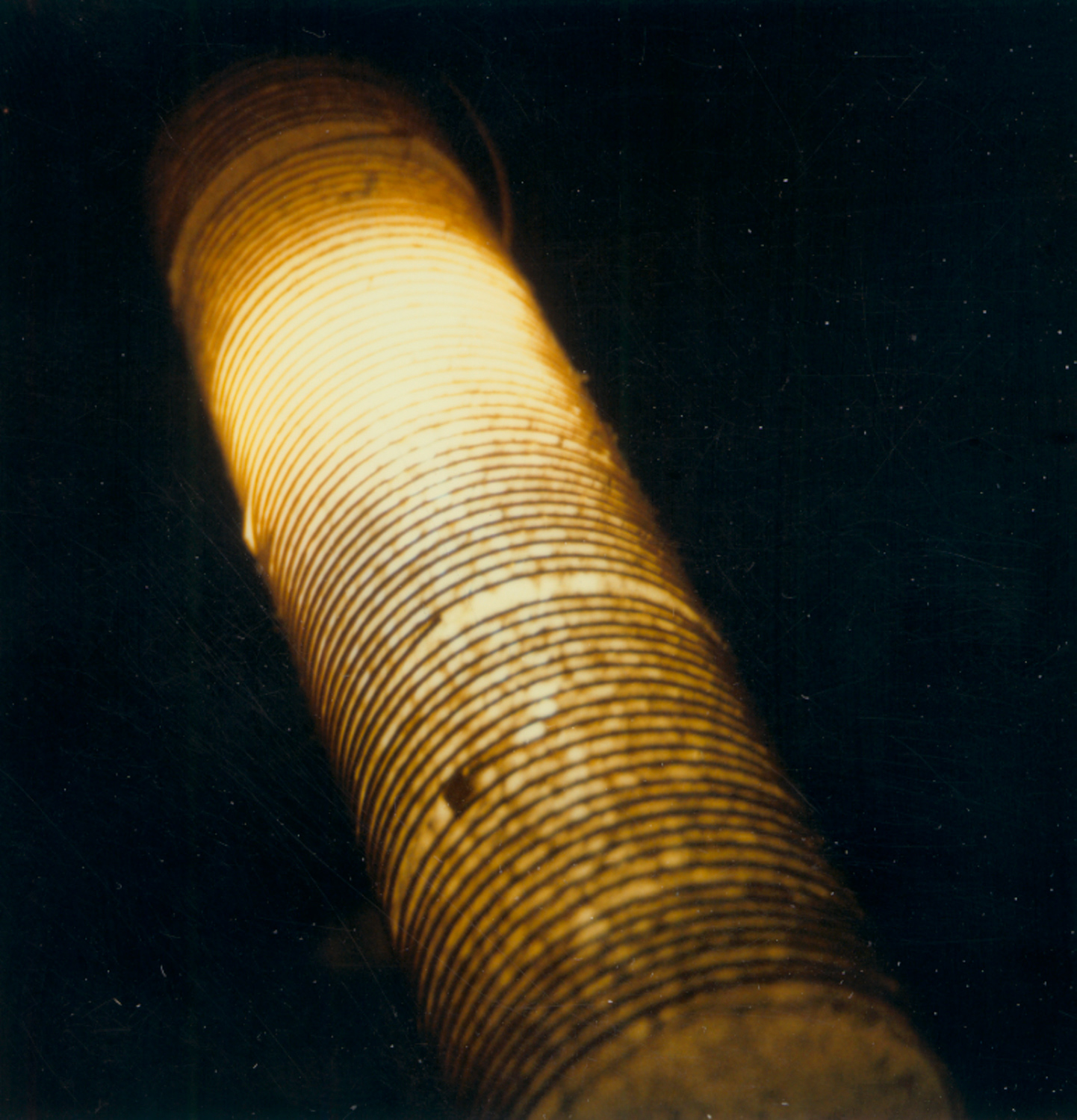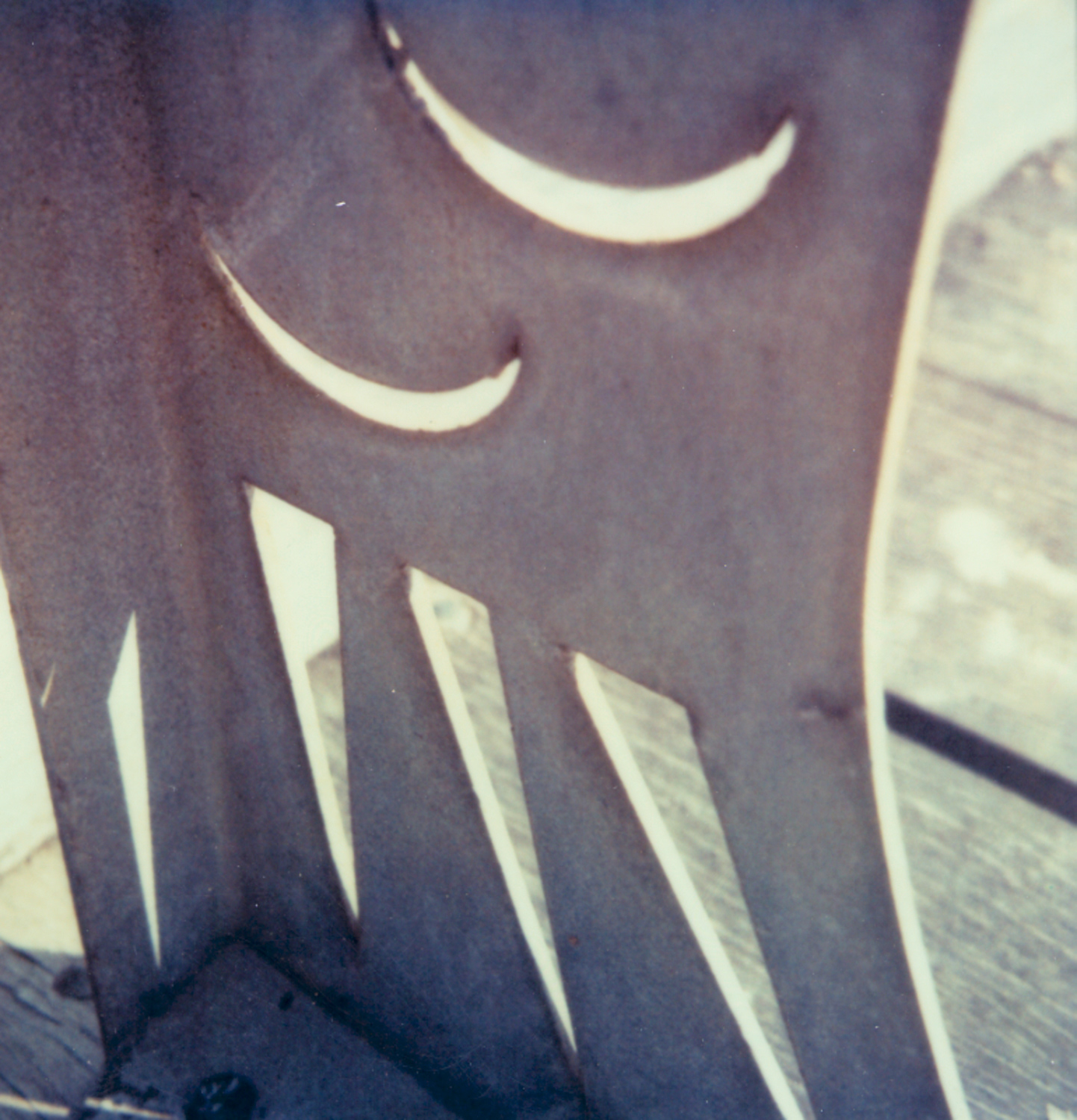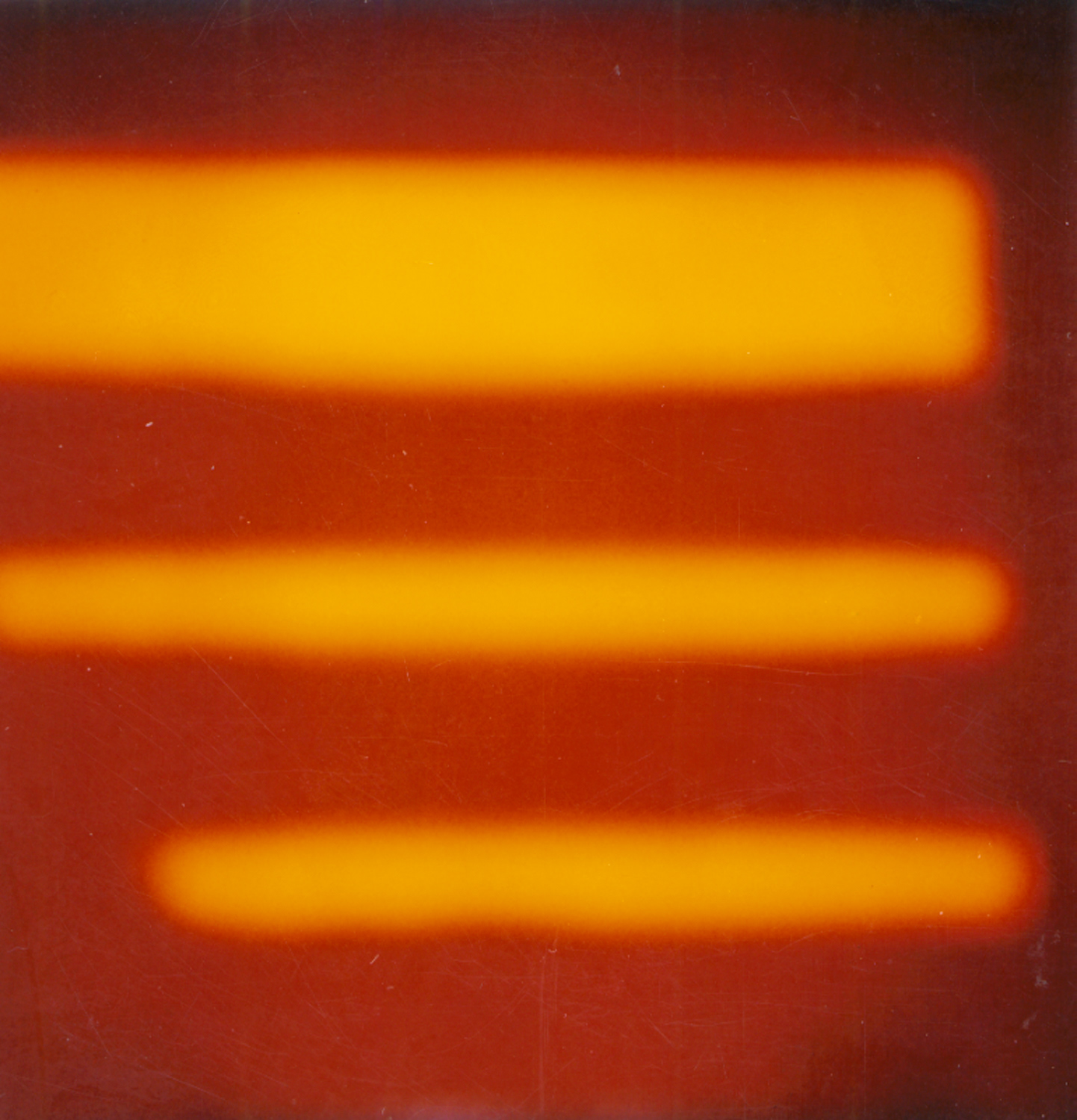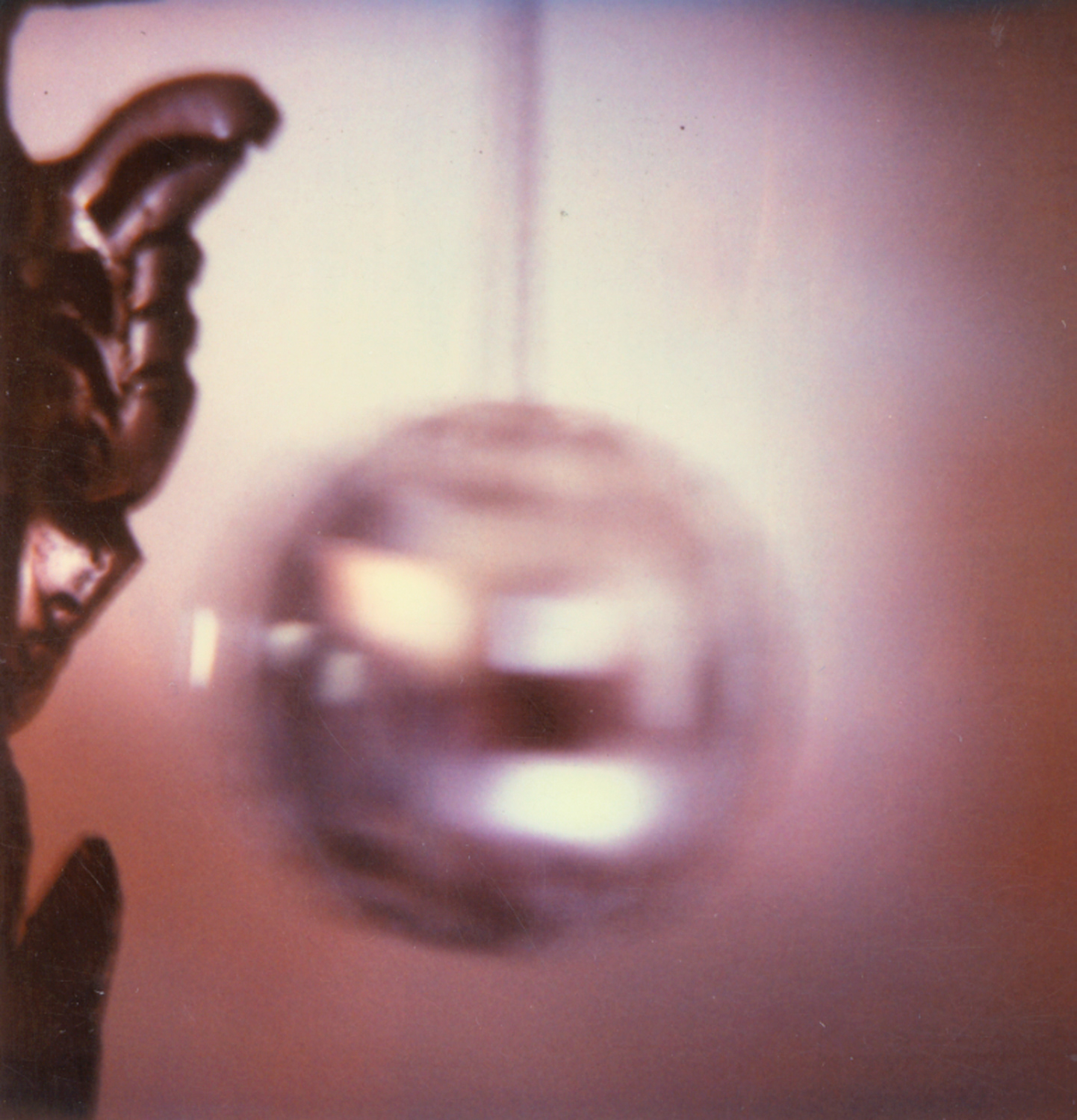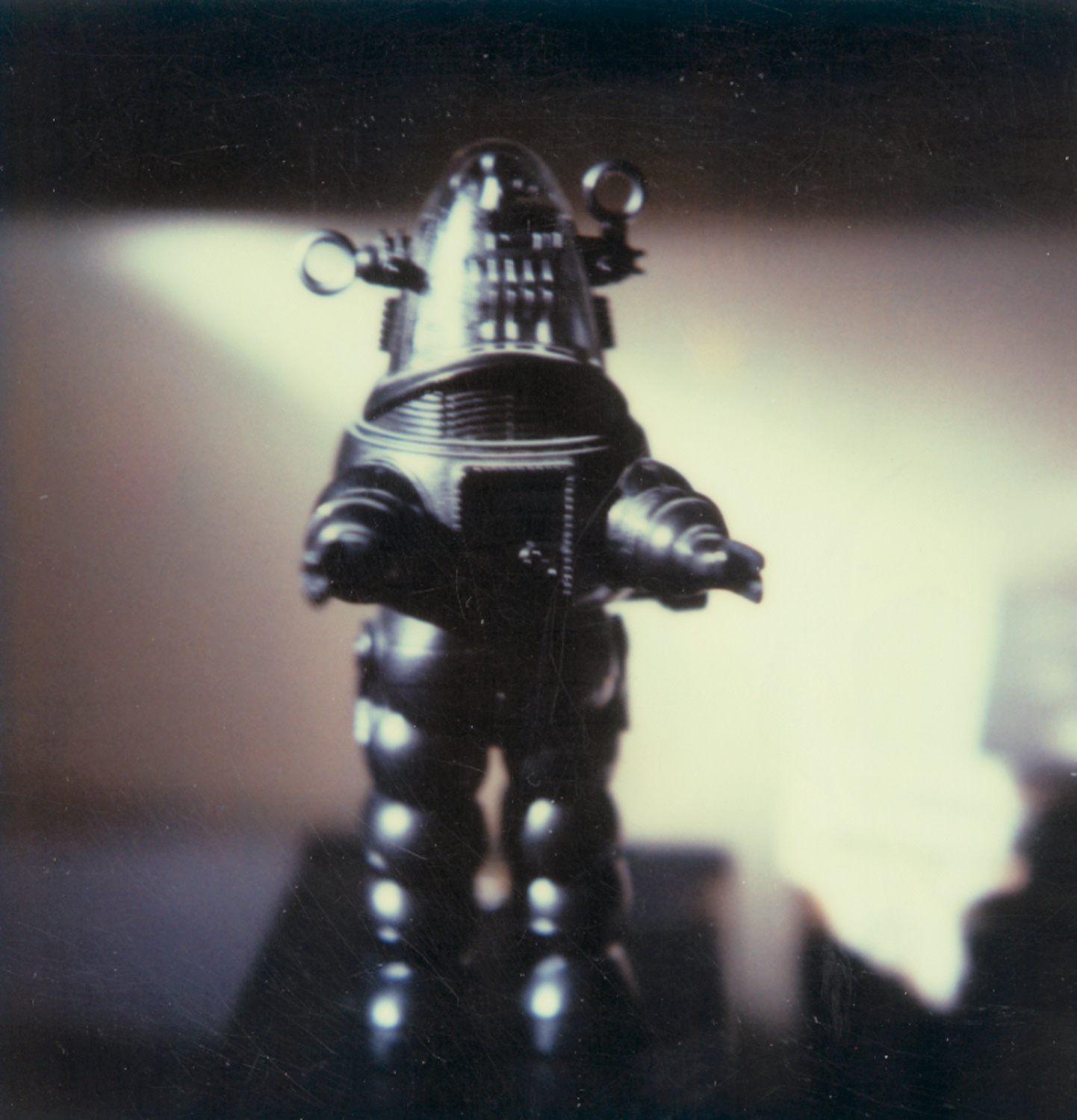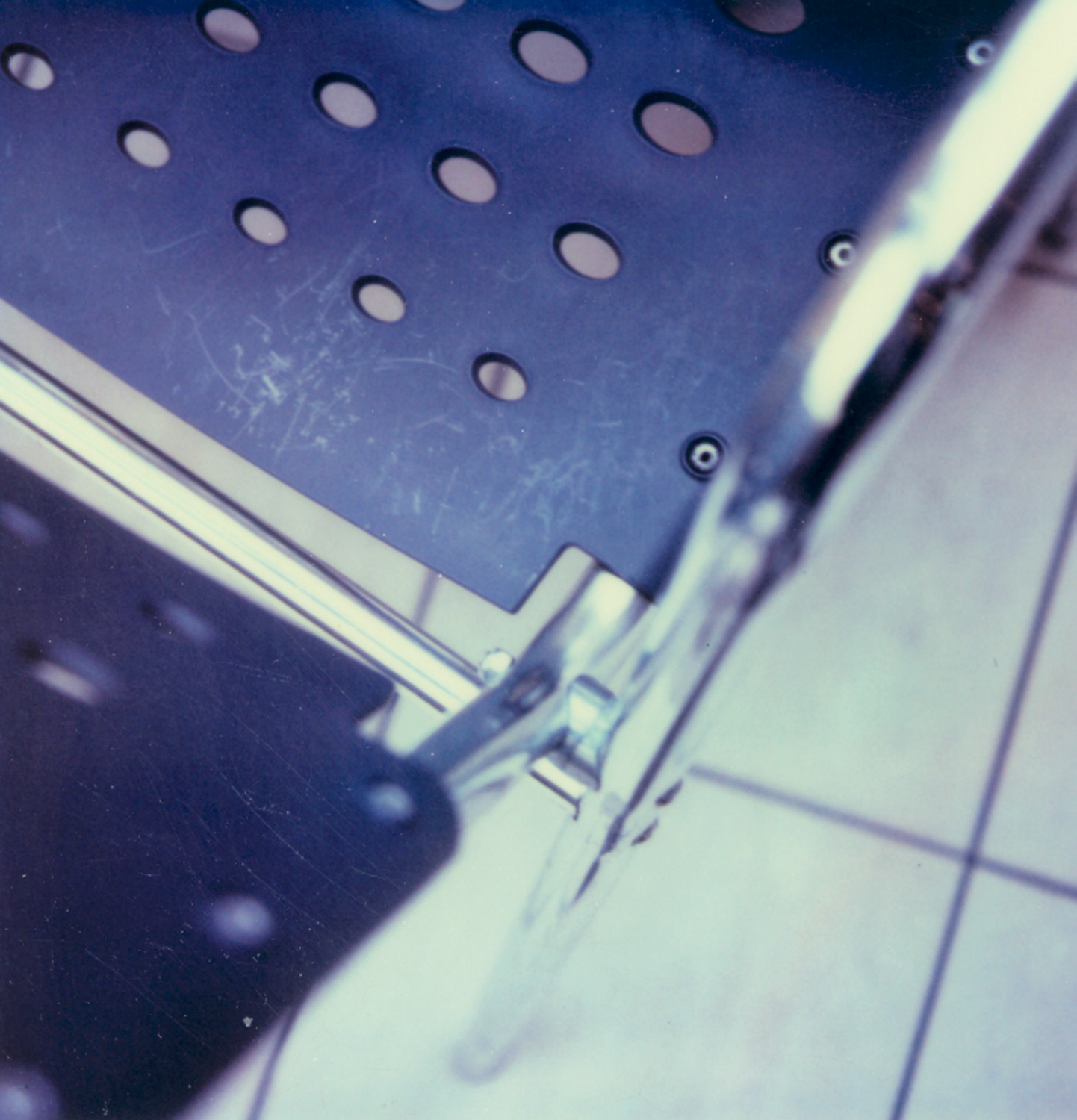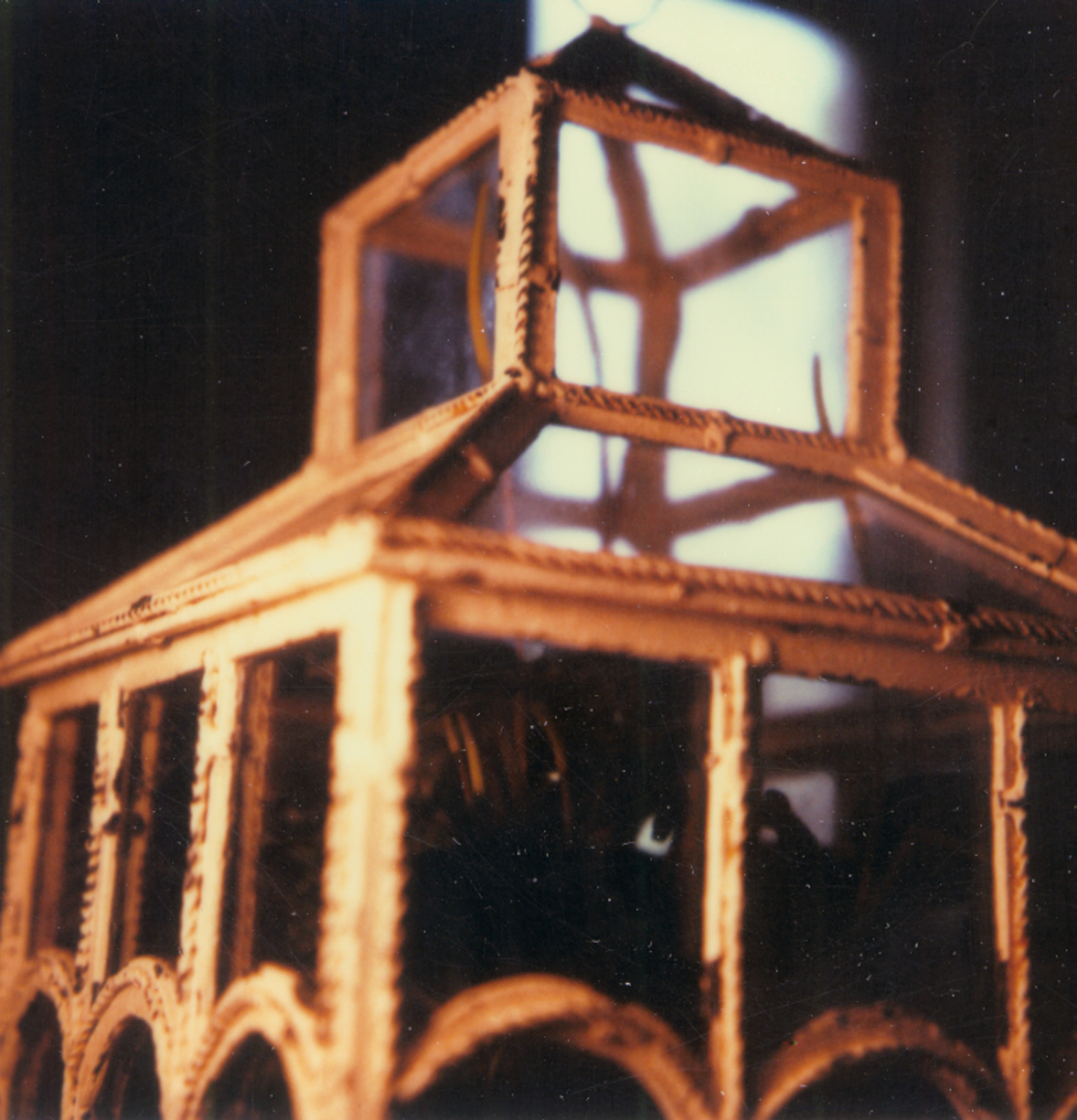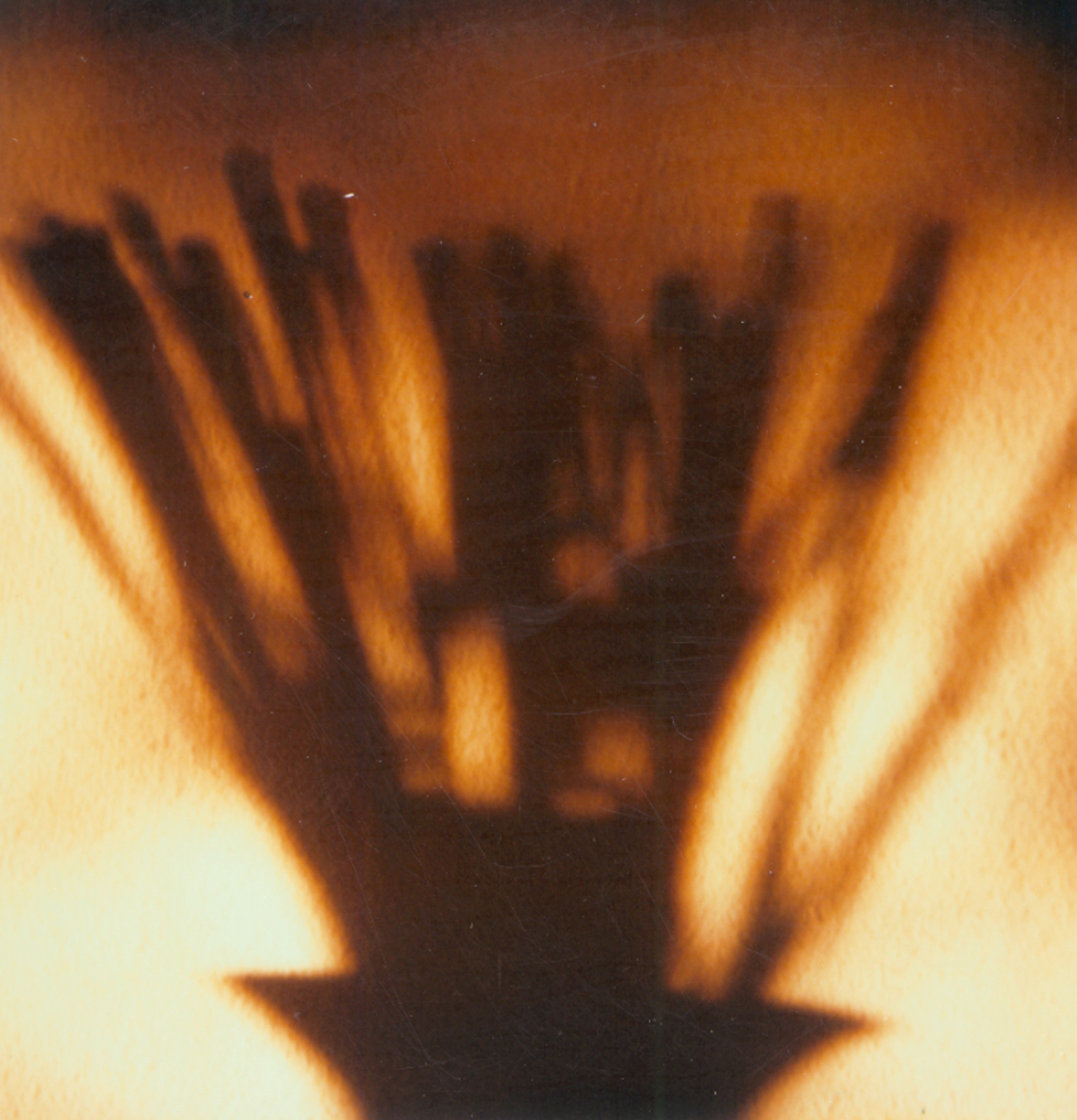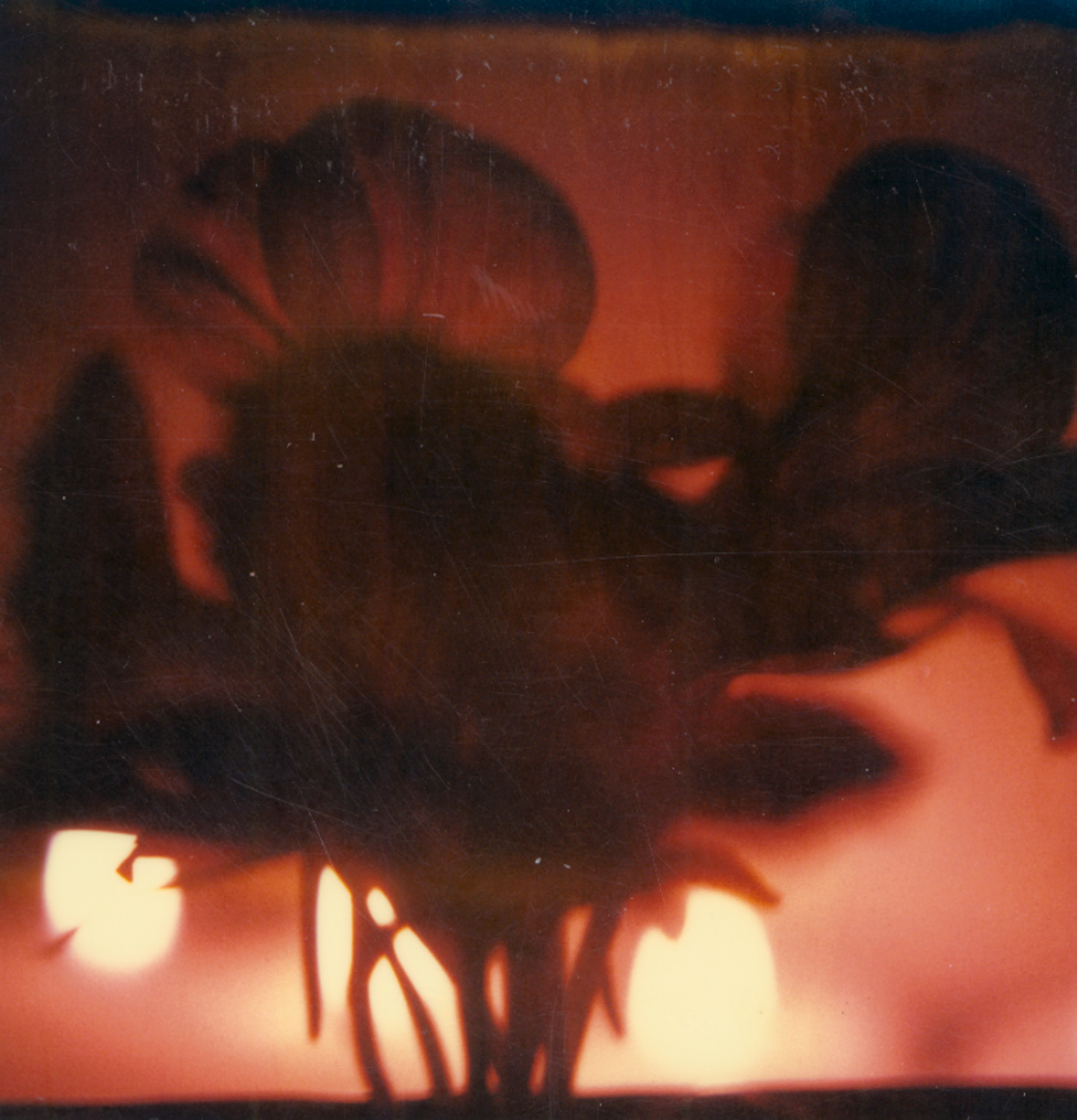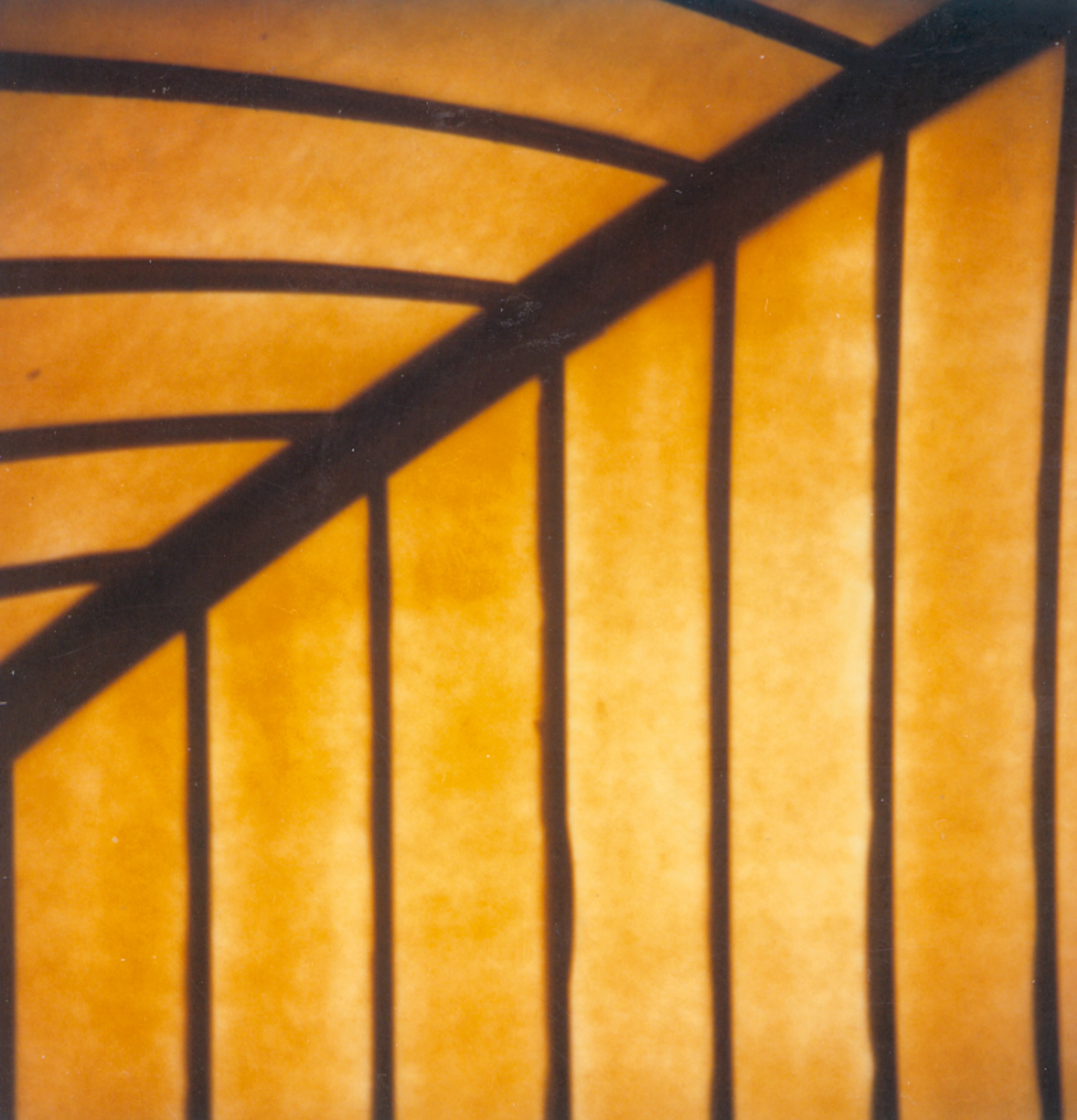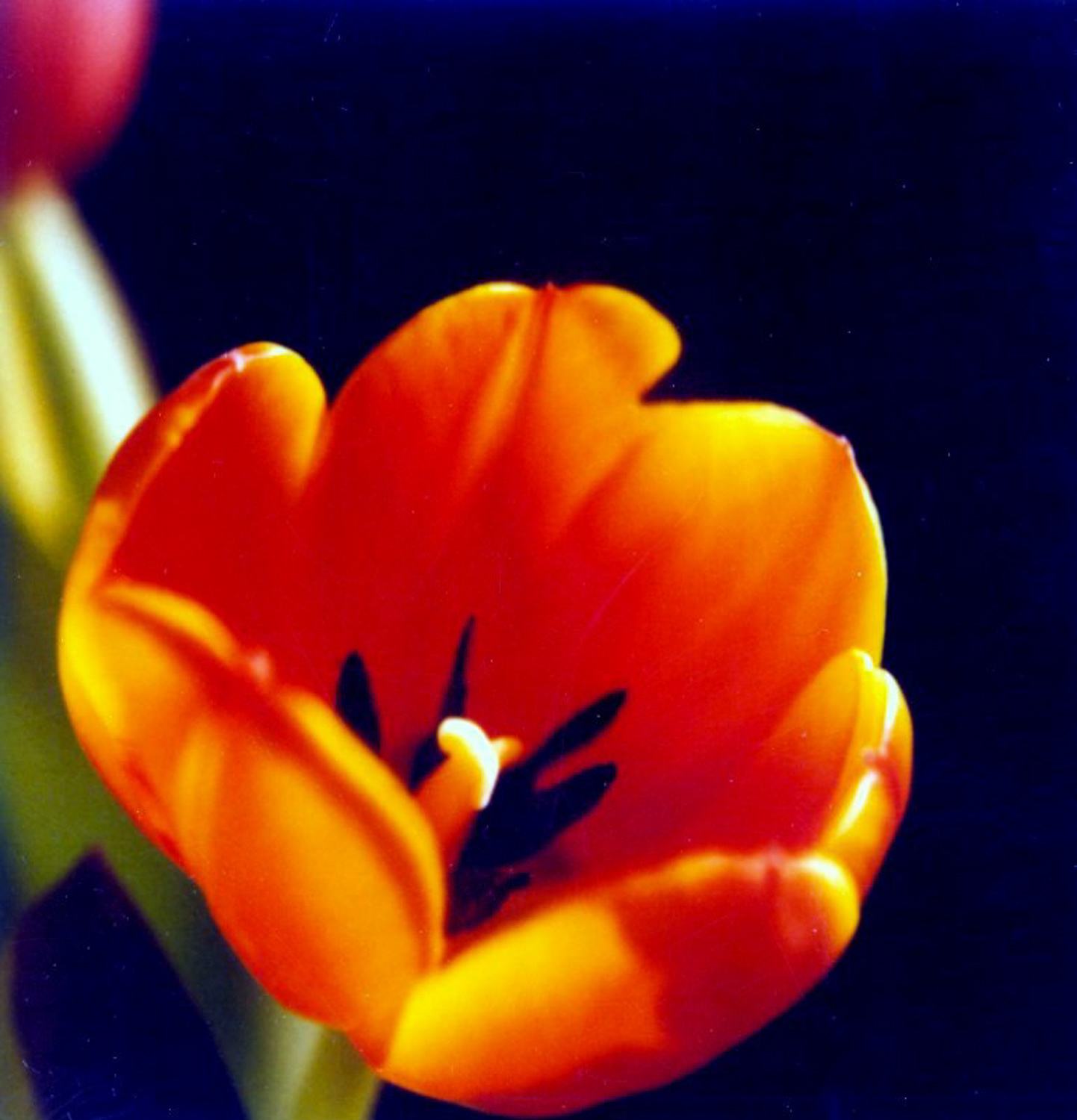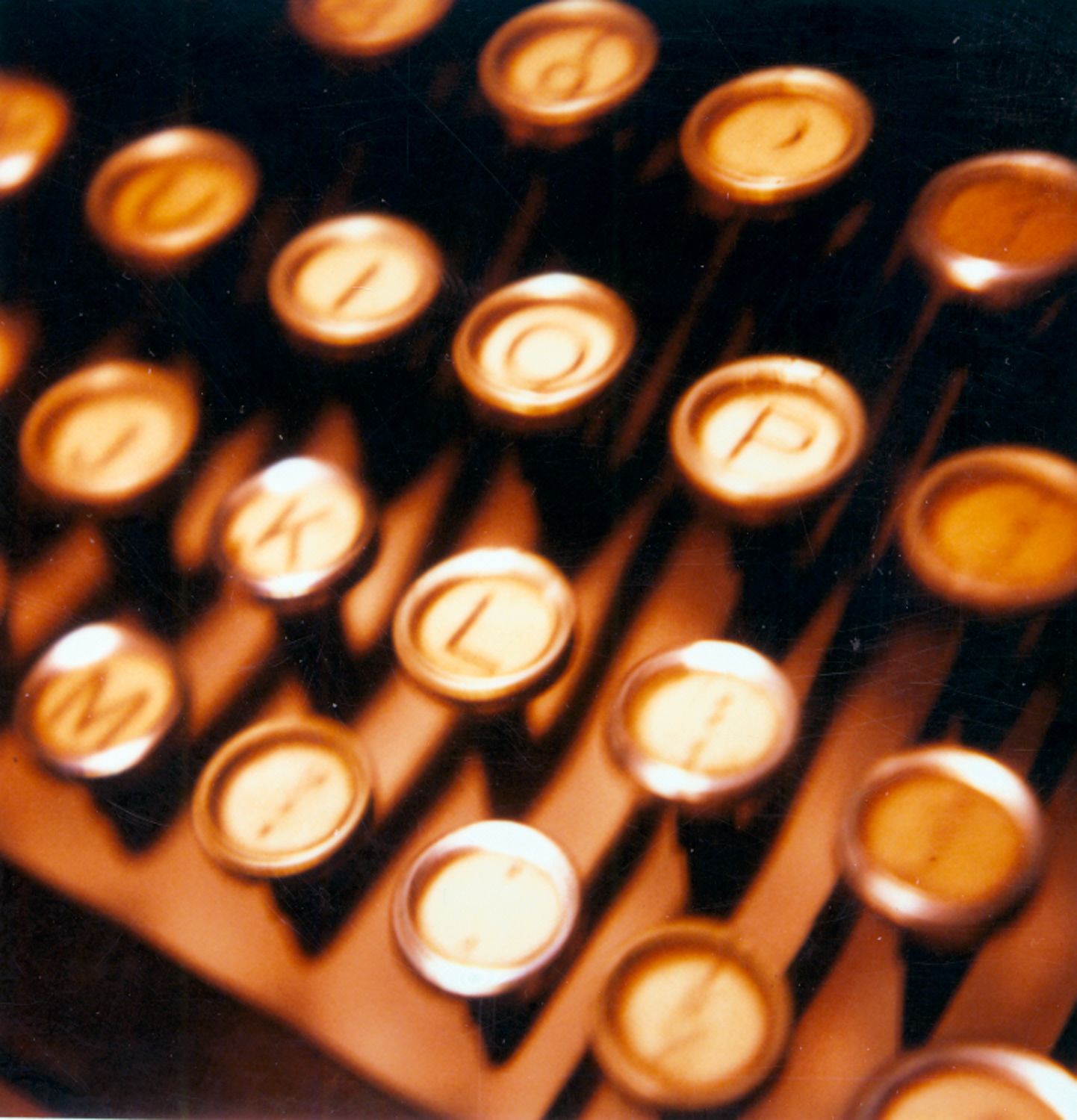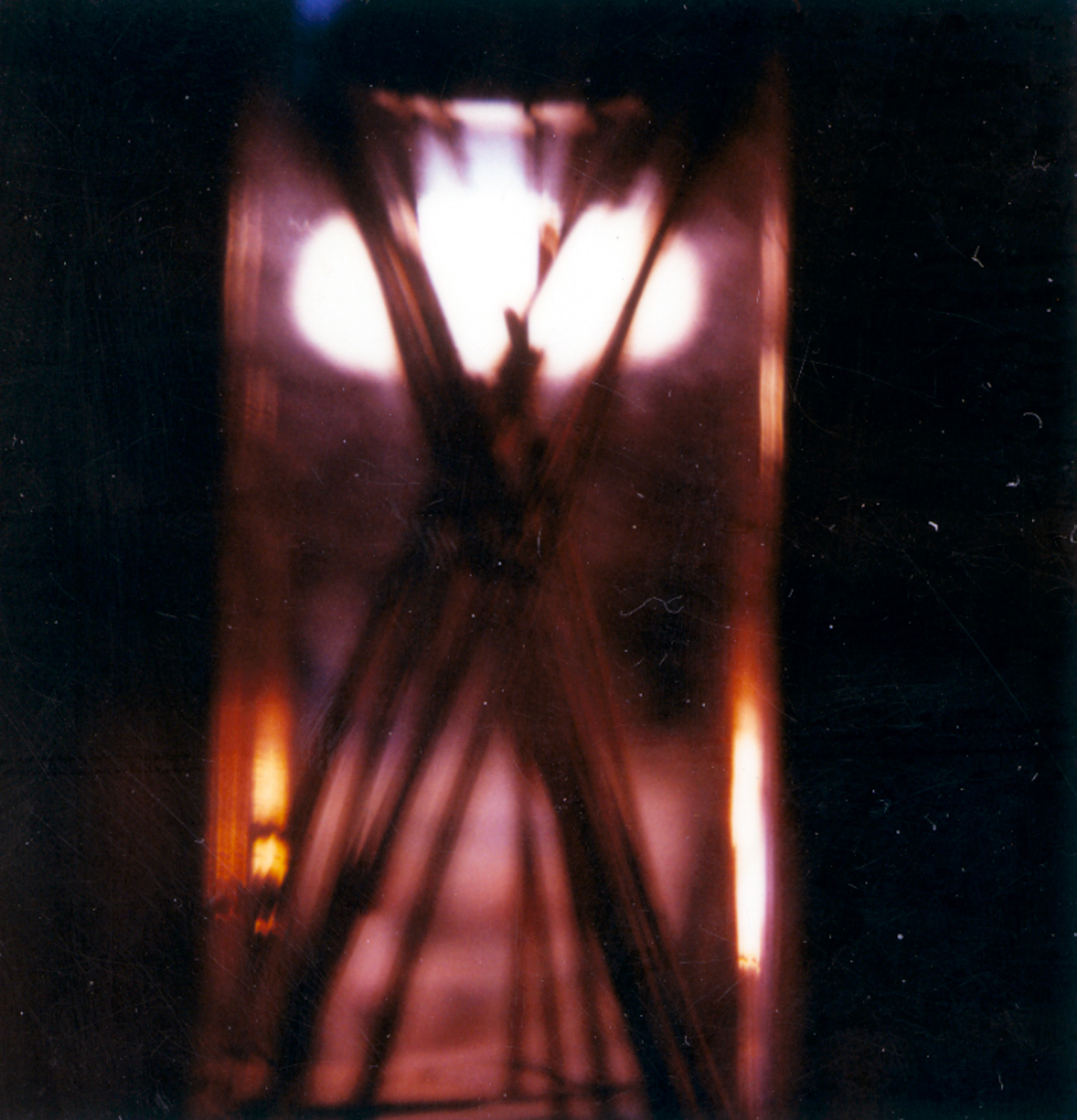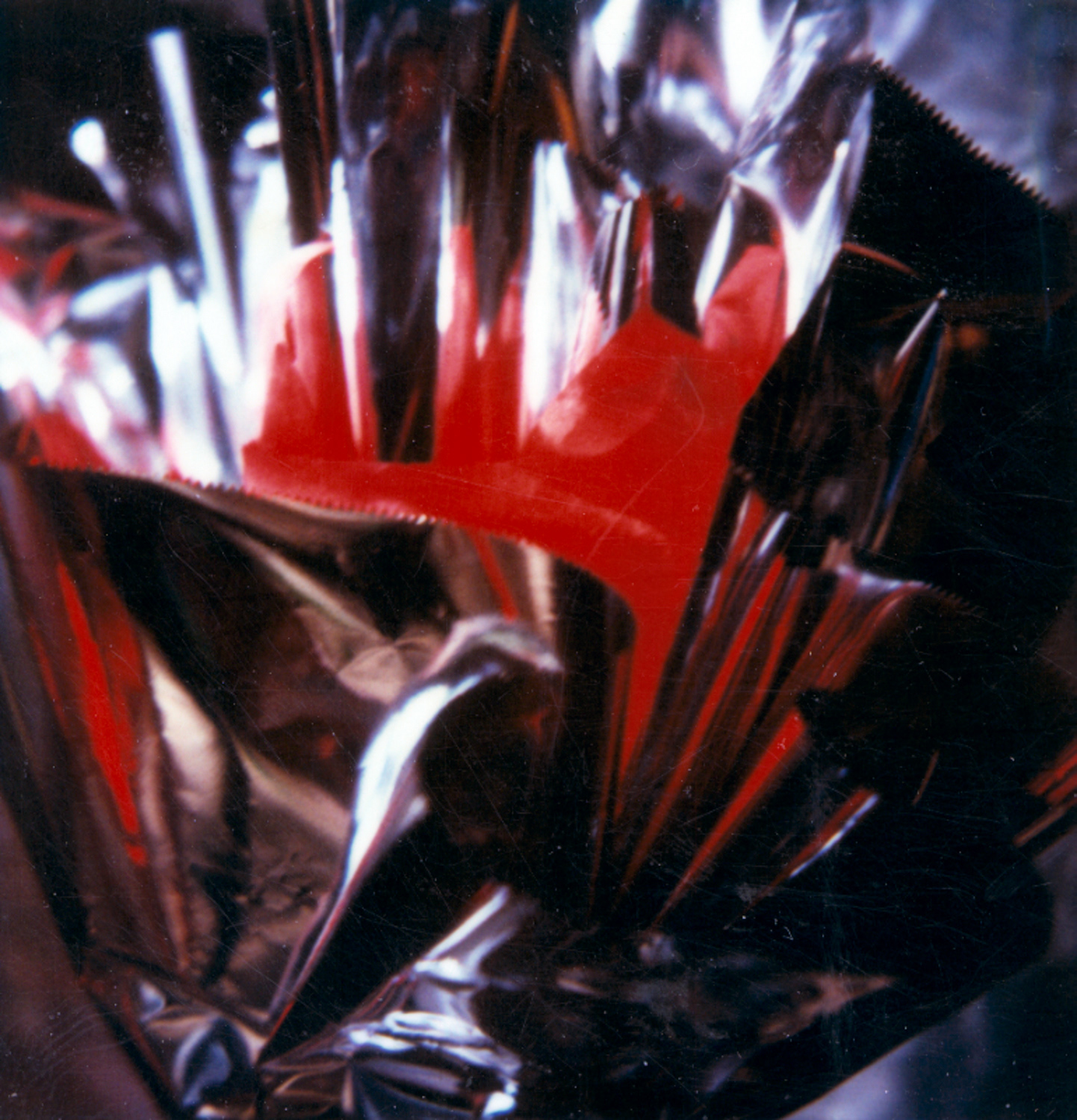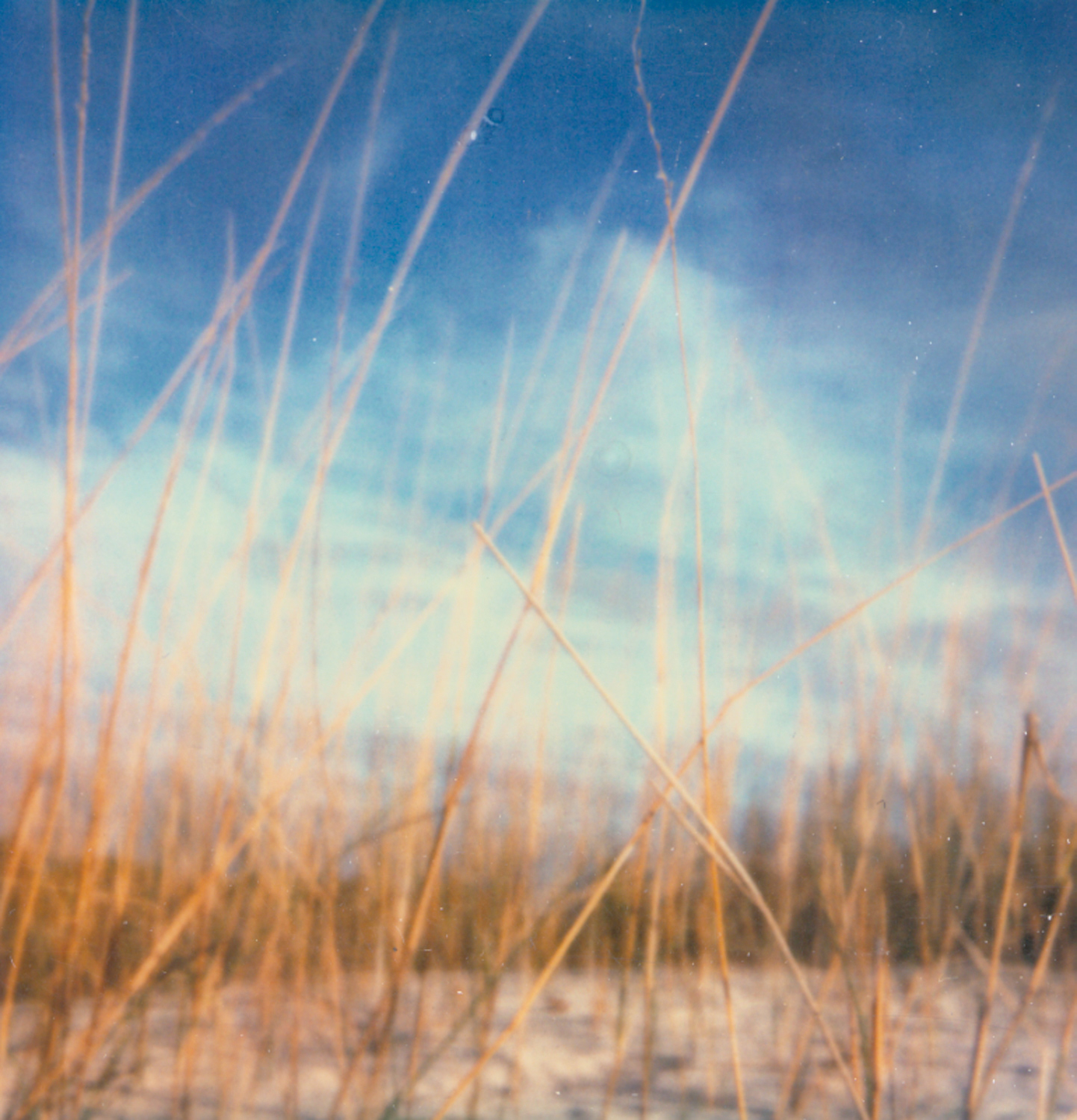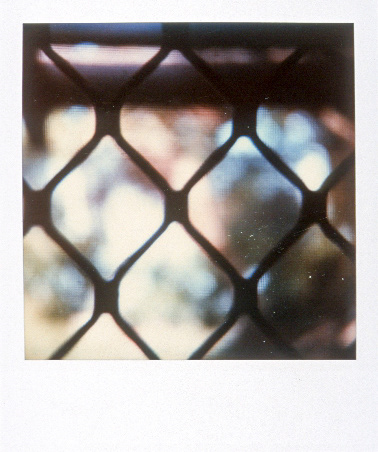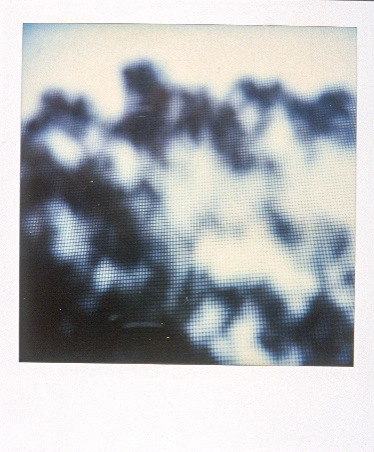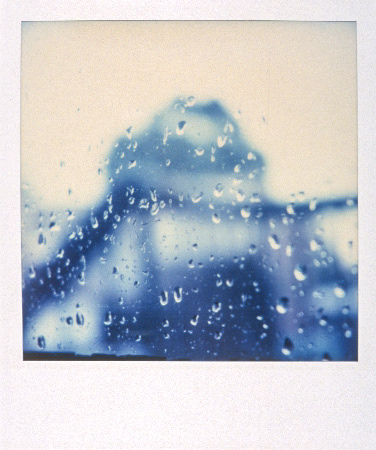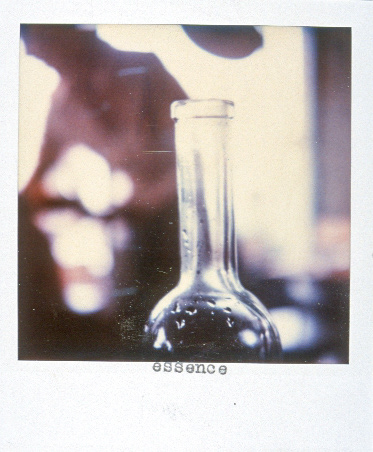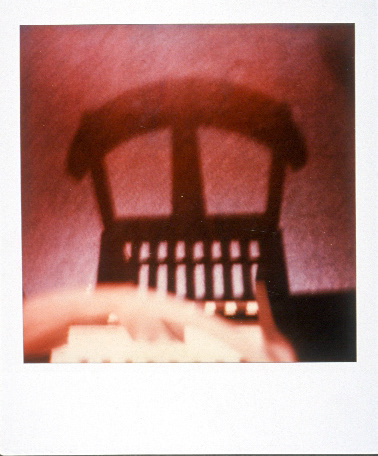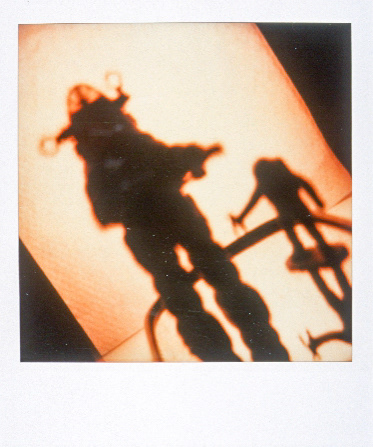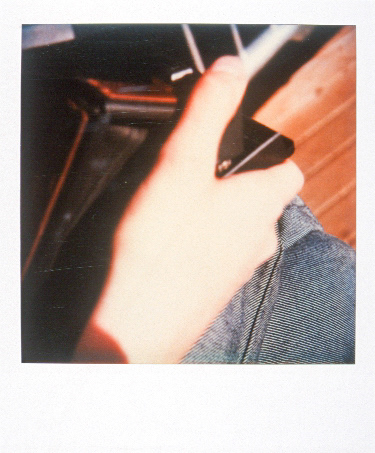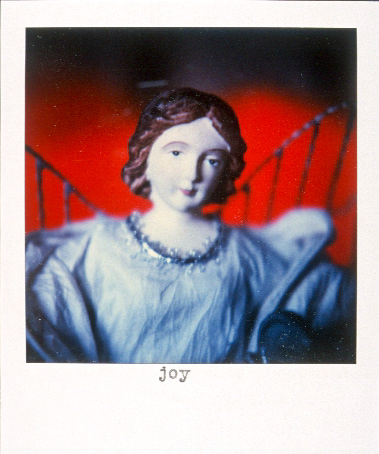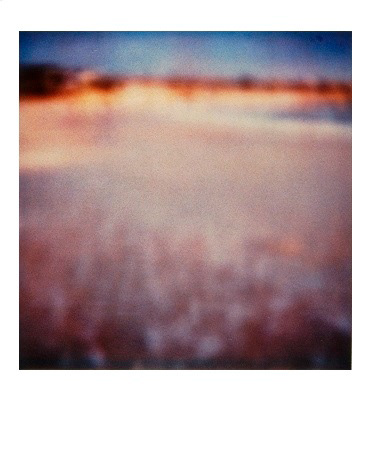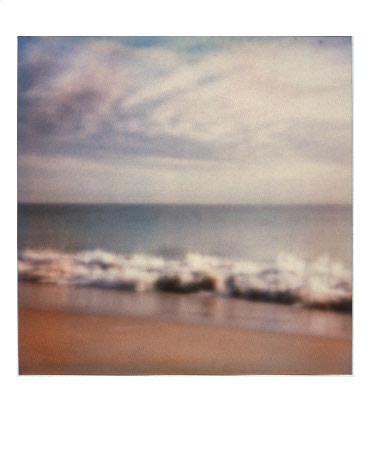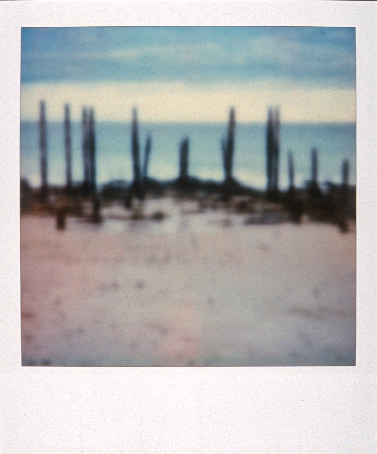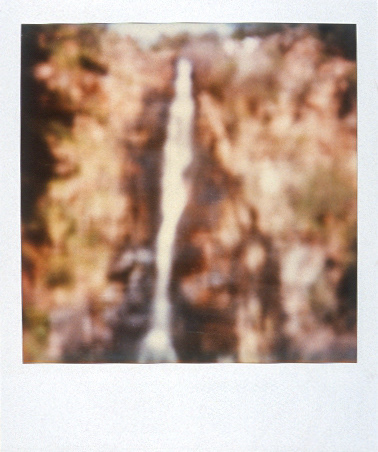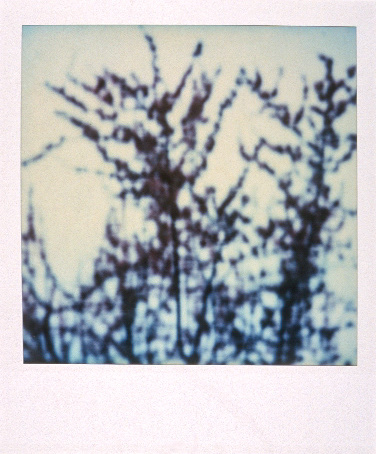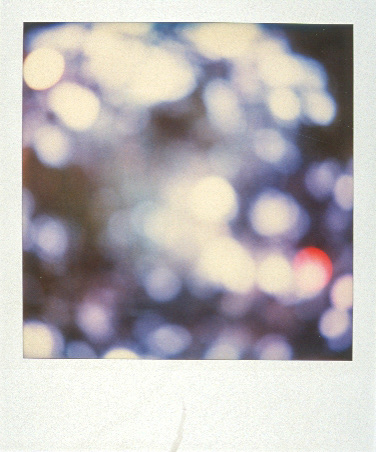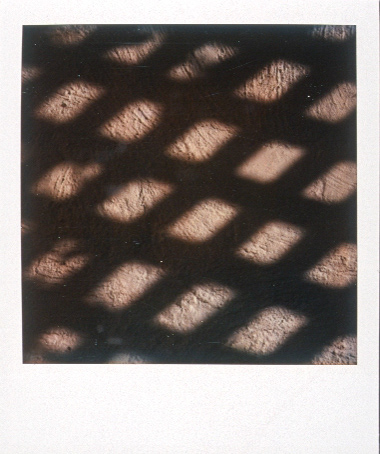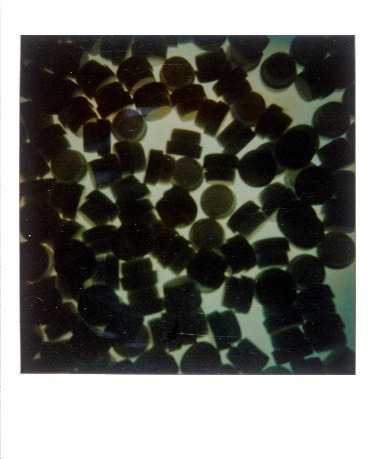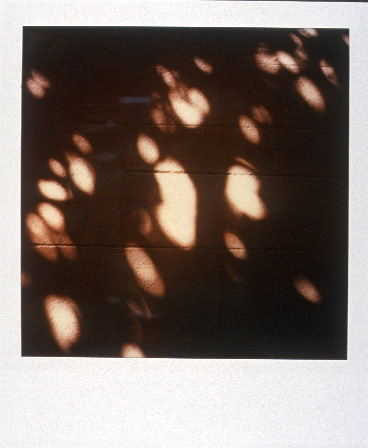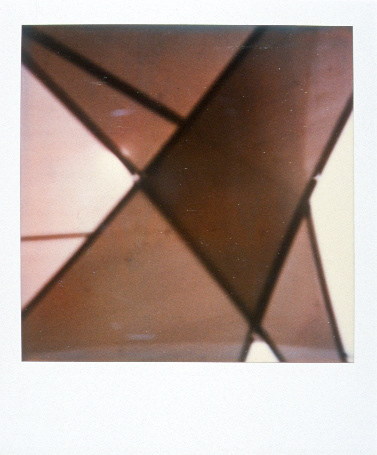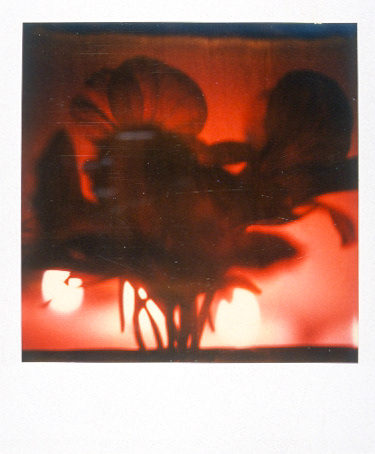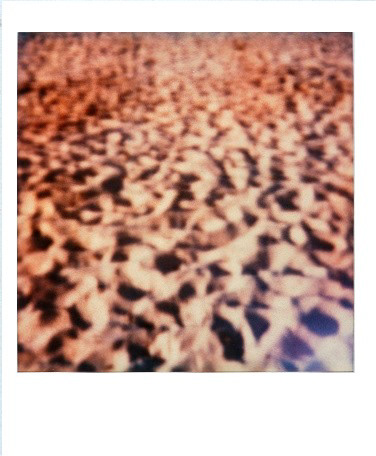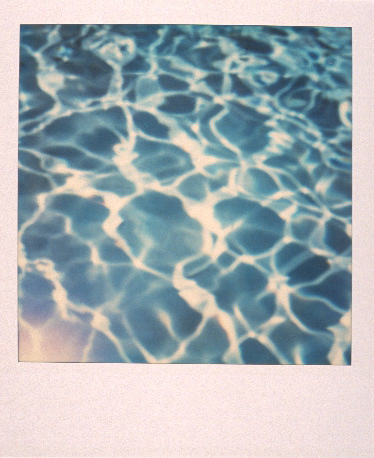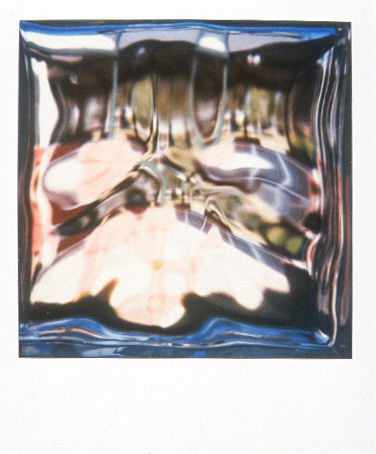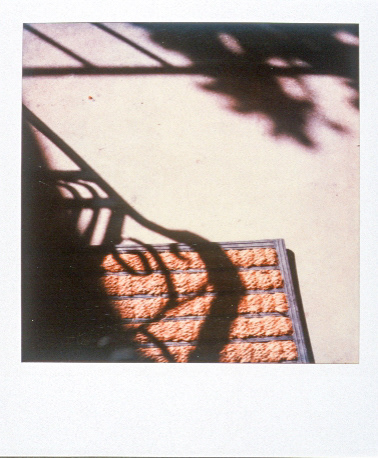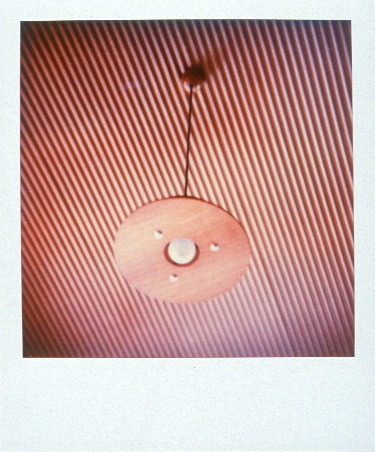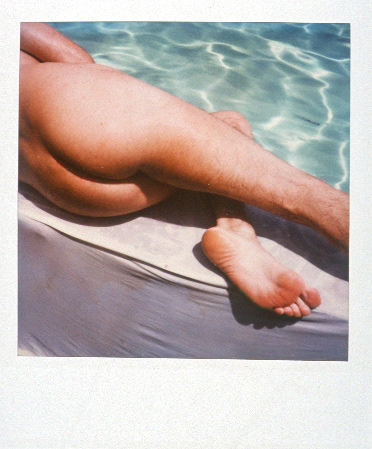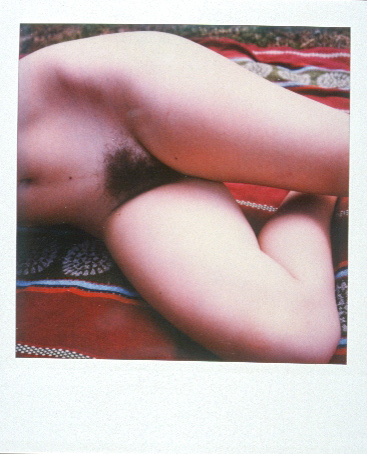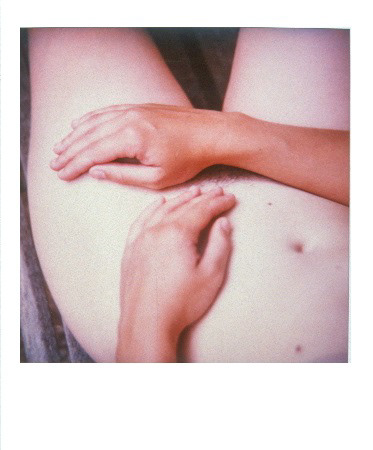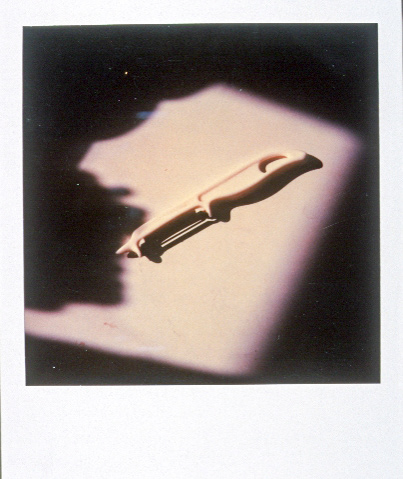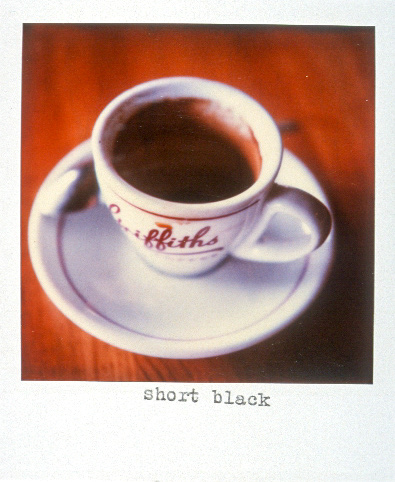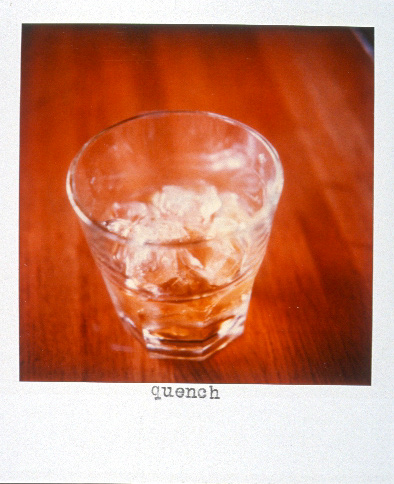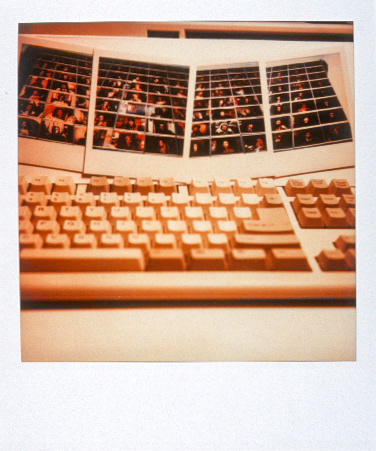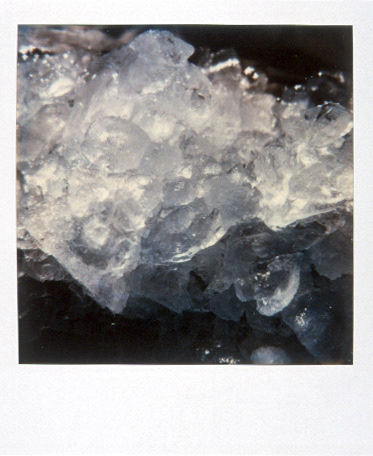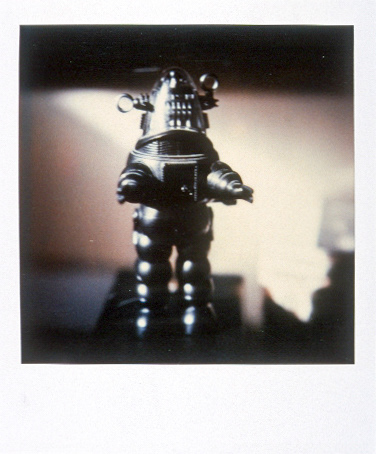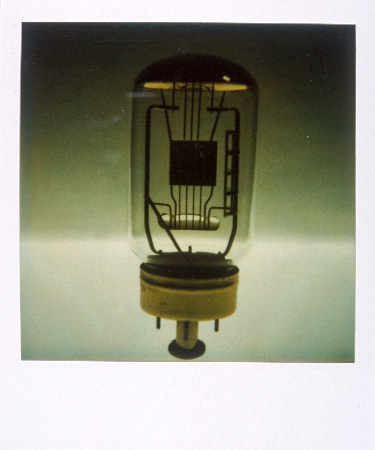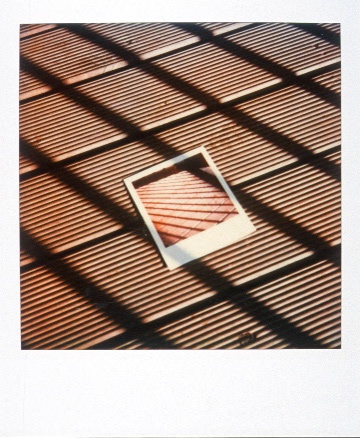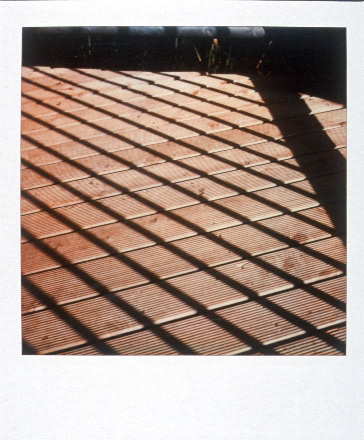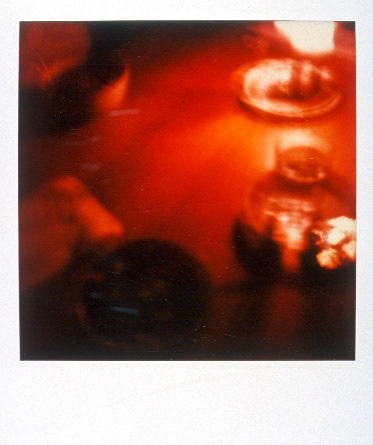SX-70 VS INSTAGRAM
I’ve been an avid user and collector of the legendary Polaroid SX-70 camera acquiring my first in 1983. It was an Alpha 1 which had been manufactured in the first year of its release in 1972. Having worn out the original brown porvair covering many years ago, I since had it re-covered in black leather and it looks fantastic and #1-is still my favourite. I have about 42 SX-70’s in my collection now representing every year, colour and manifestation until Polariod ceased their production in 1981. The film unfortunately is no longer made, production stopping around 2006, there by relegating my beloved cameras now purely into a collection. I am aware of the Impossible Projects attempts to resurrect the film type, however I have never been impressed with the results, so I have stopped working with it completely.
What I really enjoyed about the cameras was their compactness and of course just the way they looked, felt in my hands and the ease with which I could take images. With it, I found myself pre-digitally proofing work, “sketching” ideas and just generally thinking aloud. I found the film to be excellent especially the improved Time Zero type which superseded the original blend around 1980 realising brighter colours and a more natural palette representative of the subjects recorded.
I used the combination avidly to make and proof a LOT of photographic work given the ease of transportability of the cameras and stability of the film. I of course especially appreciated the “instantaneous” images which were pretty much fully developed around two minutes after being ejected from the camera – I had about a 95% success rate with the film/camera combination, and so it was a rare occurrence for me to actually take more than one image. Another HUGE bonus of course was that I could actually hold onto each unique image and admire the results, often giving me further inspiration for yet more image-making. This “contemporary daguerreotype” as was the general reference, I found turned everything before the lens into a beautiful jewel-like object and really seemed to transmogrify everything it recorded which was quite unlike the Type C images I have printed before and since – such was it’s allure. Visually I also enjoyed the square format which is quite a different way to see the world when compared to either 35mm or other such formats and interestingly I never used the 6x6cm as this particular film format has never interested me as a photographic shape – other than the SX-70 of course.
In March this year, my son suggested that he set up an Instagram account for me to use (gavinjblake), because according to him it’s a lot like the Polariod SX-70 I used to shoot and he was correct in this regard as far as I’m concerned. -at least mostly.
The similarities are such that I use my account like a little sketch book, finding details of things around me and recording them on my phone – very similarly to the way I worked with my SX-70 cameras – I had a pack a day habit at the zenith of my relationship with these and now I find myself revisiting this area of visualisation which reflects the SX-70 as I approached it and I find myself actually photographing more via my phone.
Like the SX-70 images, the results remind me of little jewels that surround our everyday existence and with the addition of filters or the post-production tools available before posting images to my feed; I can make them look quite like the Time Zero results I achieved with the SX-70. Of course they are also square with a wide border at the base (for the #tags) this feature is also reminiscent of the chemical pod to be found on the SX-70 image.
Unlike the SX-70 the Instagram images you cannot hold them per sé unless of course its via your phone or tablet (unless perhaps screen shot prints are your thing aka Richard Prince), and of course, there’s something about the SX-70 experience of holding the image while you watch it develop; an experience that Instagram, digital or even film just doesn’t offer. I know this is purely a tactile experience, but there’s something to me about the sensorial cocooning of “the feel” of the object which separates the digital medium from analogue for me.
Unlike the SX-70 image, the Instagram creation is ubiquitous and not unique which means that they can be sourced pretty much anywhere with electronic technology thereby denying the viewer the necessity to make the pilgrimage to see the original work of art. This situation ironically is much the same as how the painting lost some of its currency when it too became photographically reproducible. I don’t feel this undervalues the experience of the original work at all, it just requires a reappraisal of how we accept the sense of the original, whereas what the original has now lost as a result of its ubiquity it has gained another dimension by virtue of its accessibility.
SX-70 verses Instagram? Though very similar in visual approach, unique versus ubiquity changes your perspective of the photograph as object. This is not a bad thing, just an observation that comparisons can be odious.
Gavin Blake May 2016
